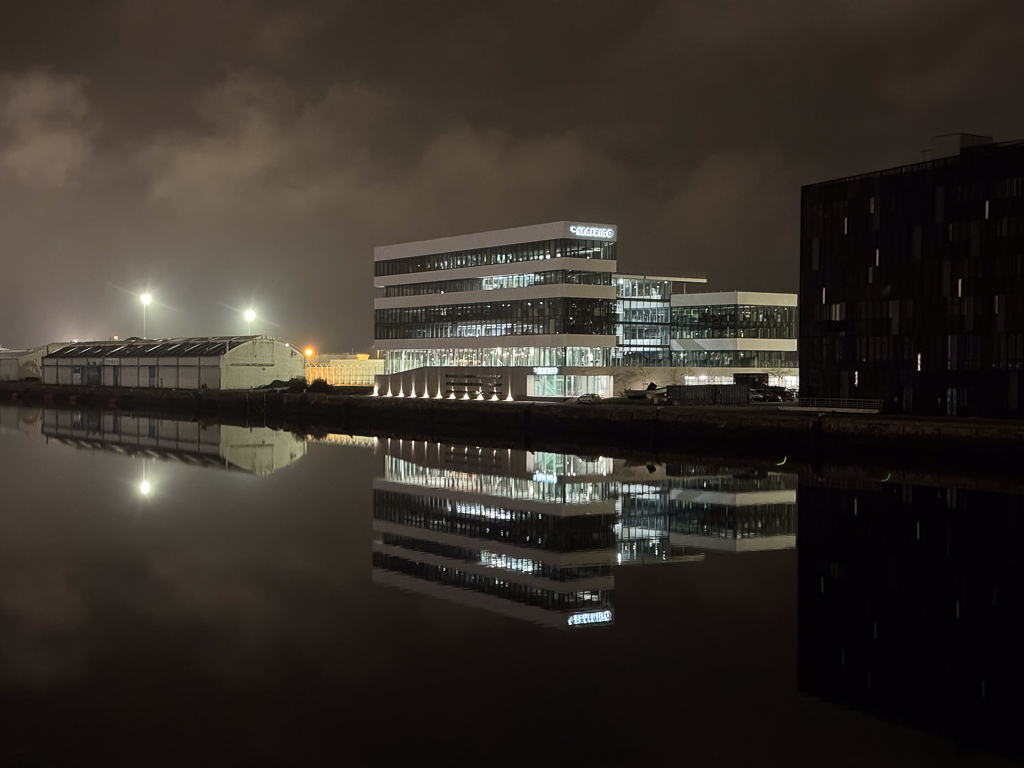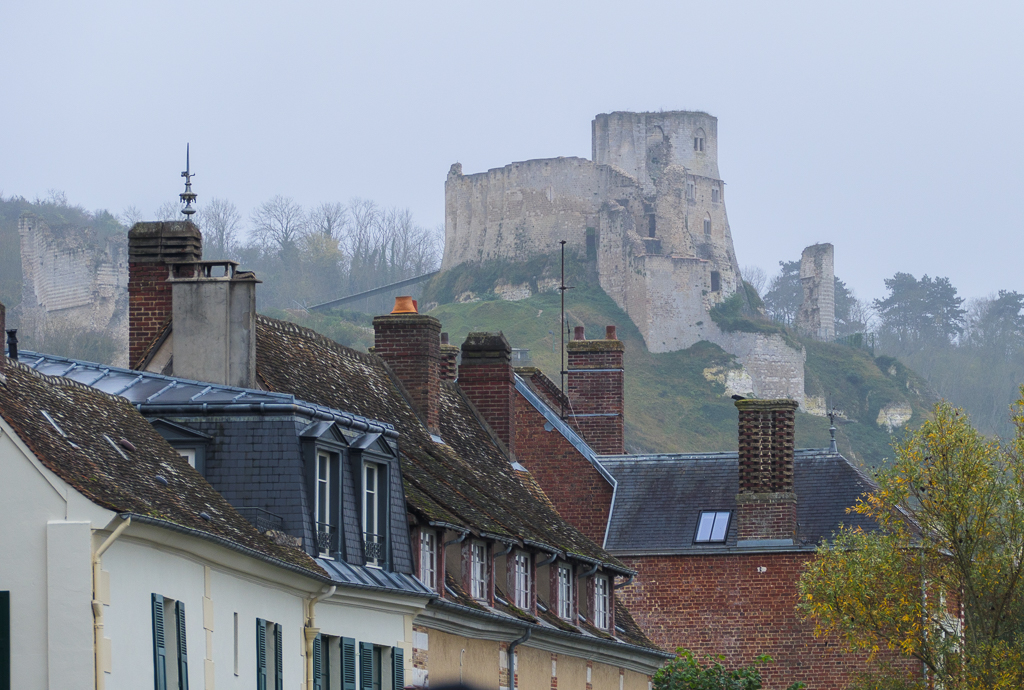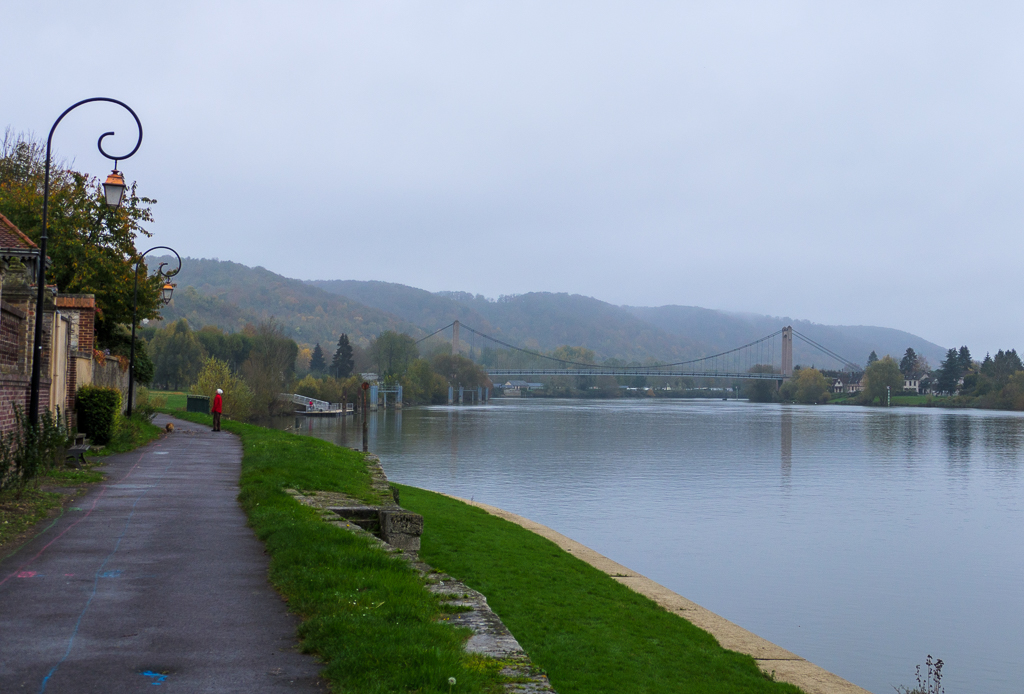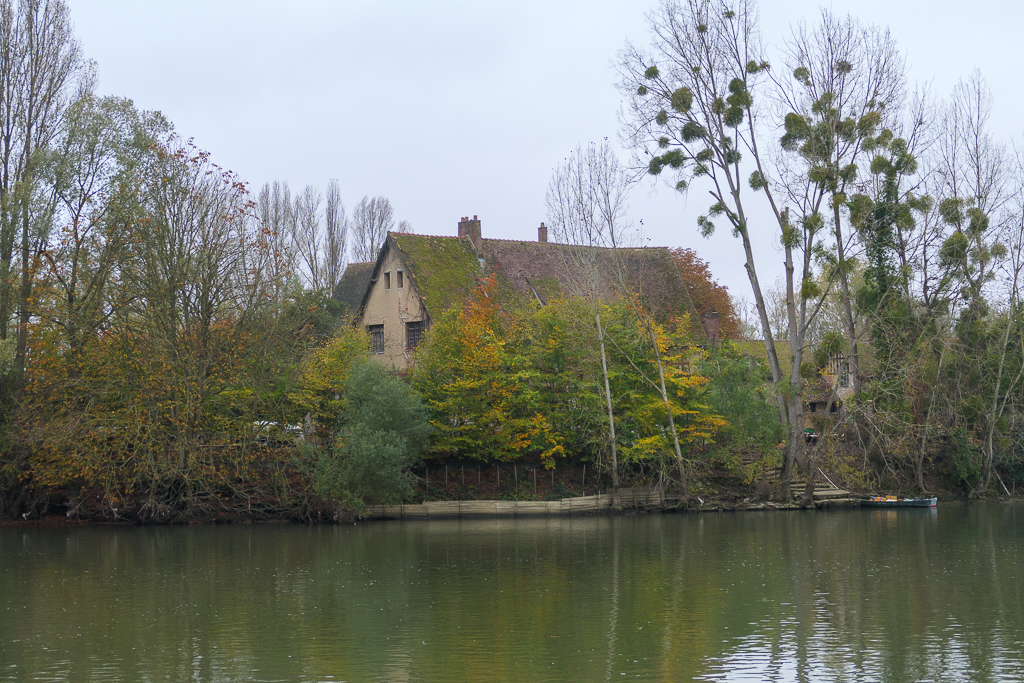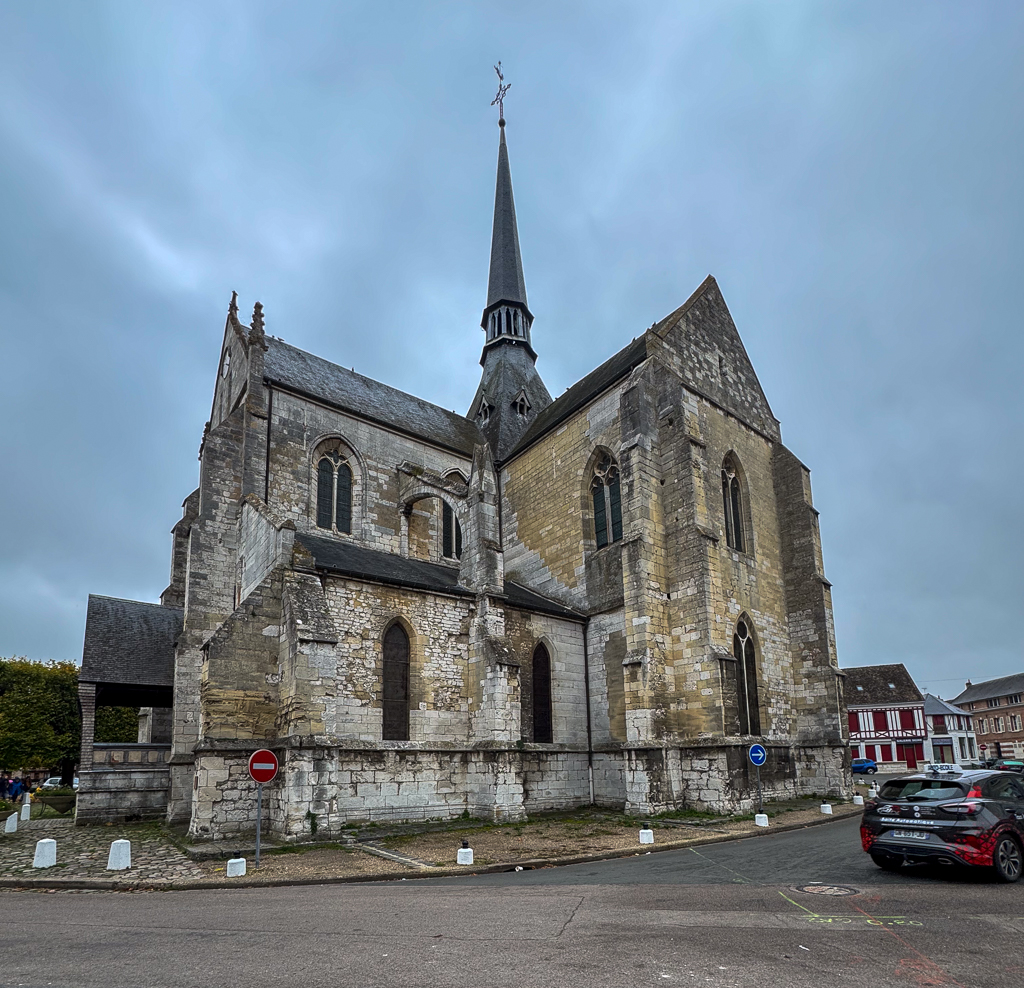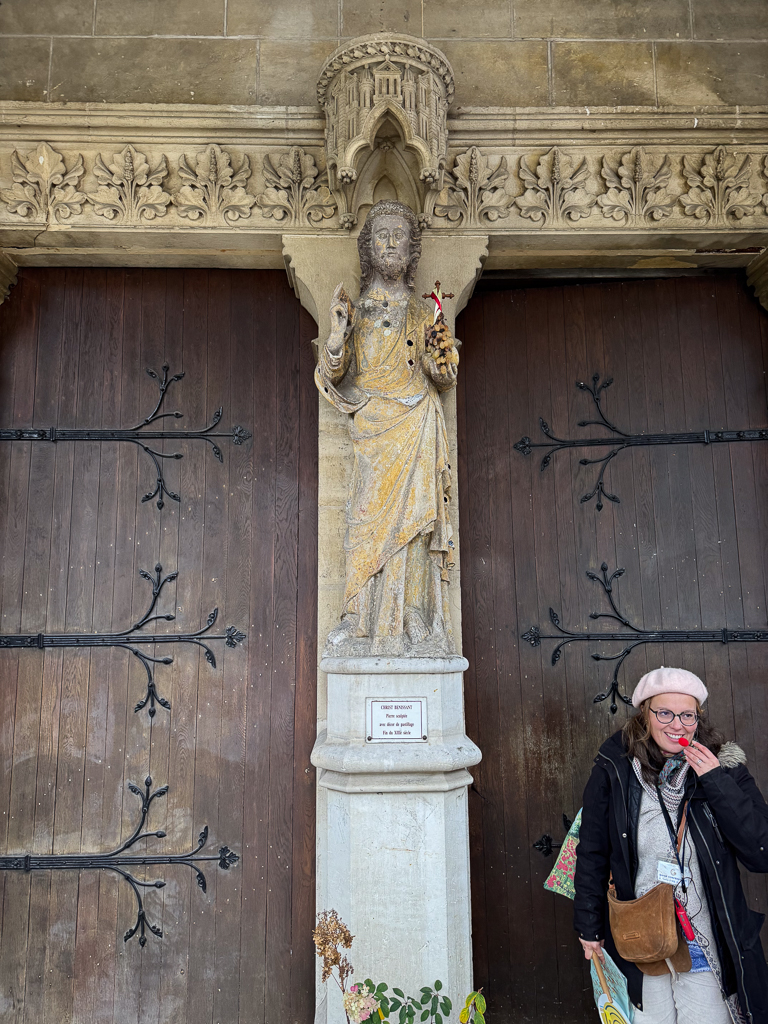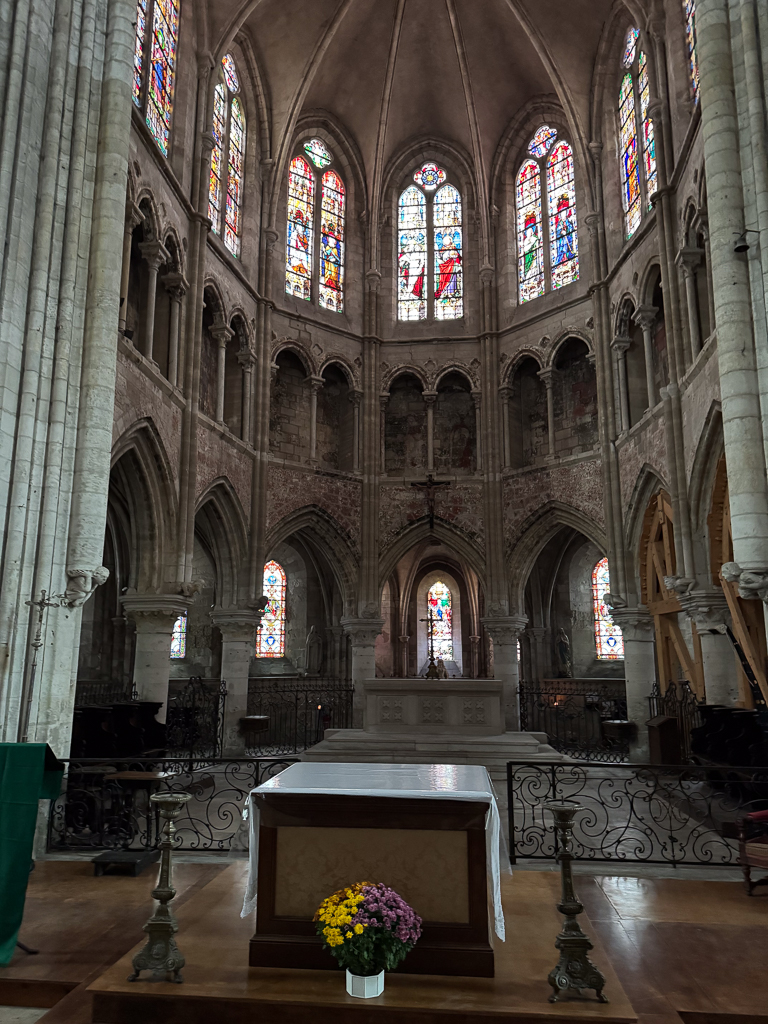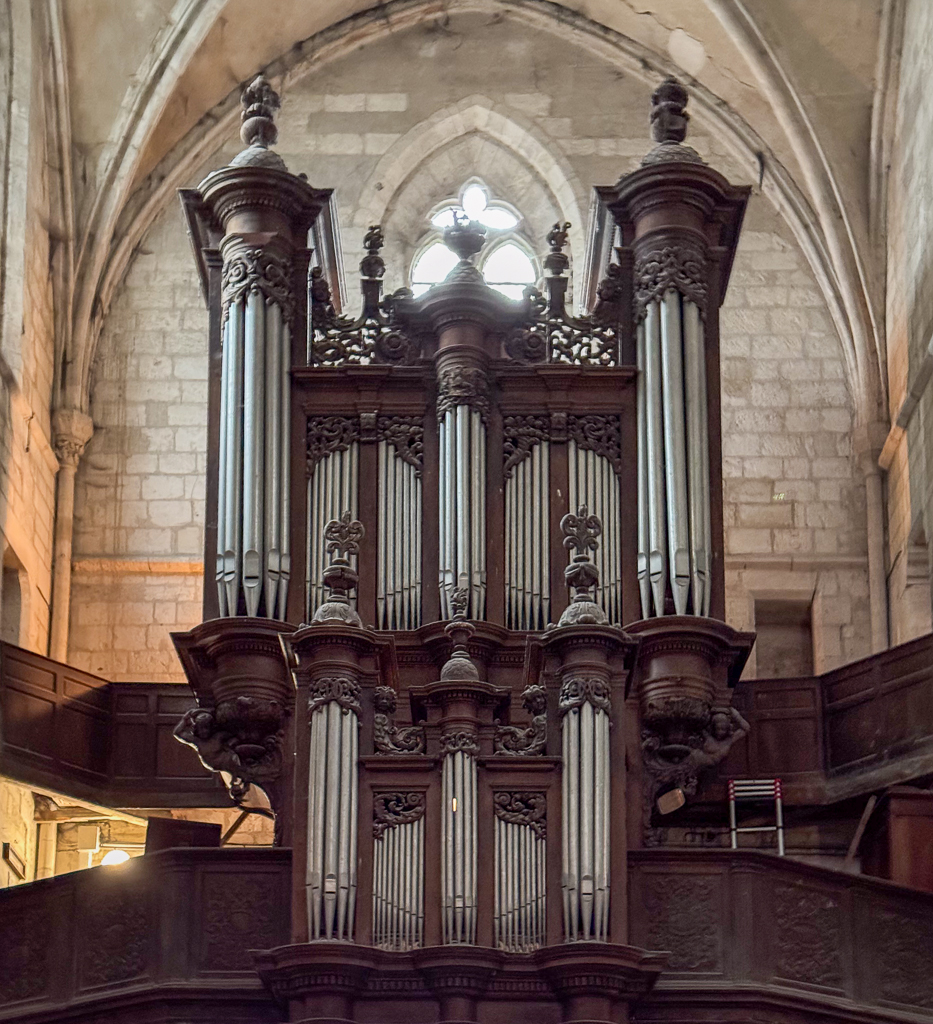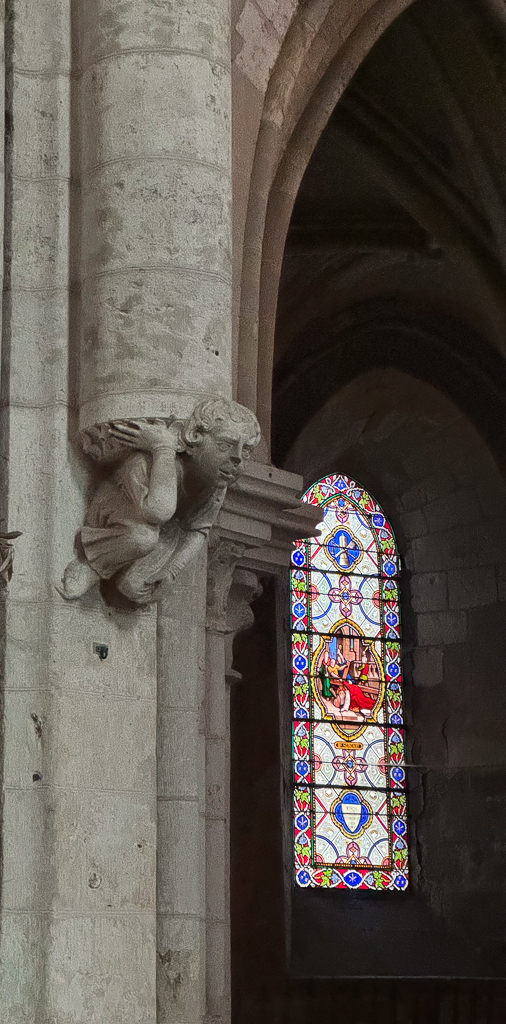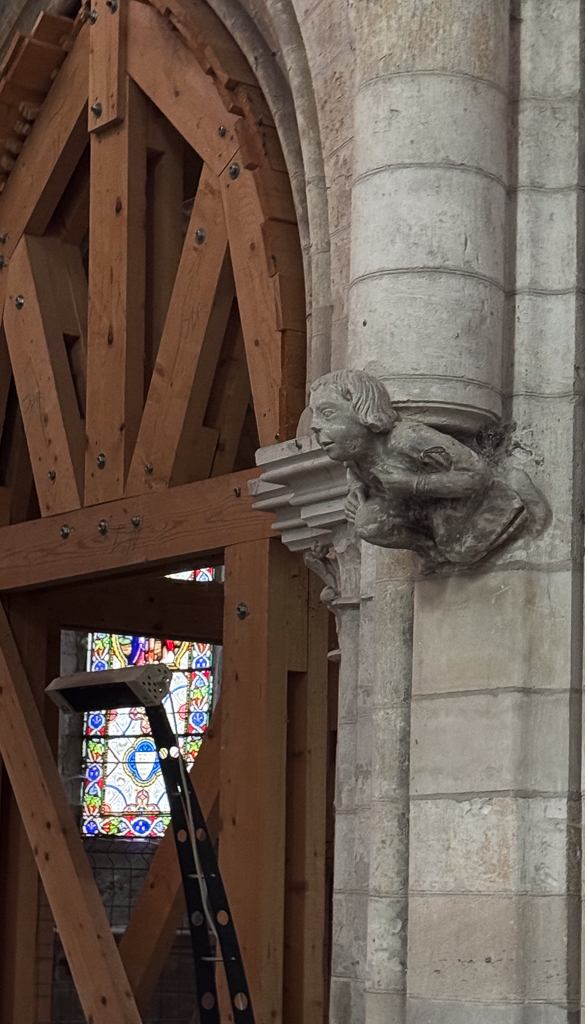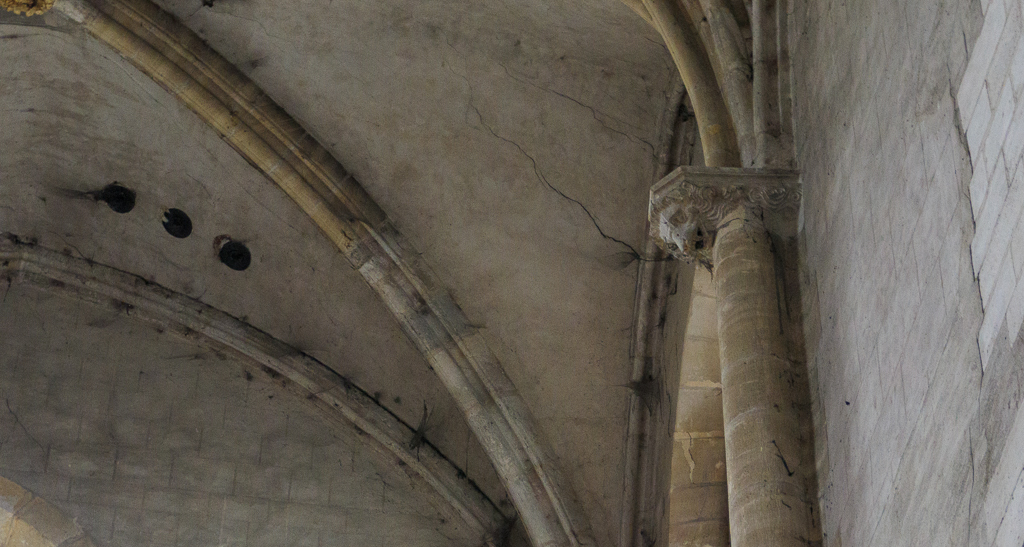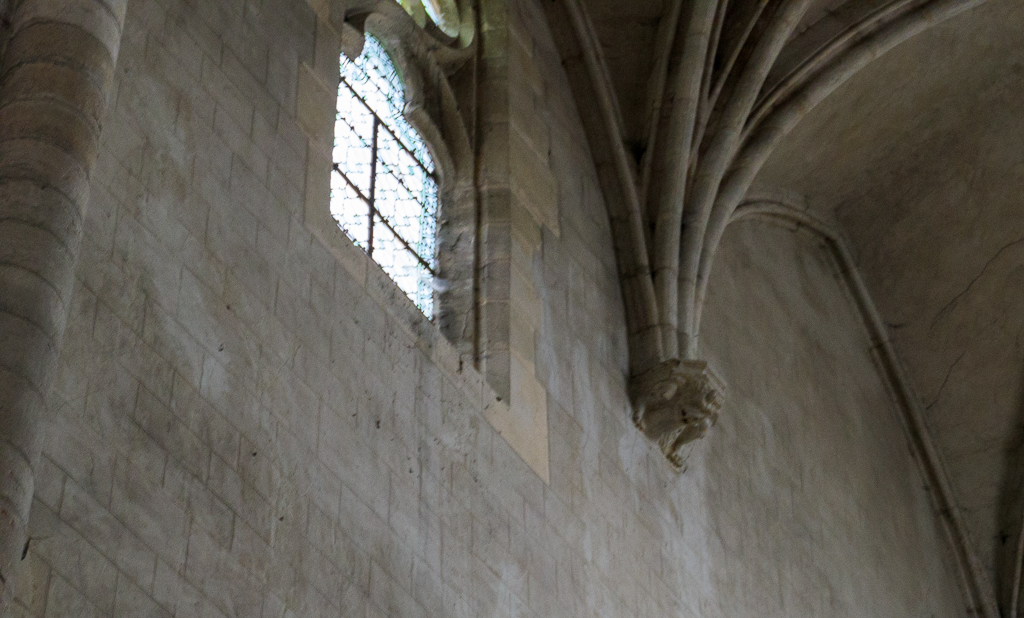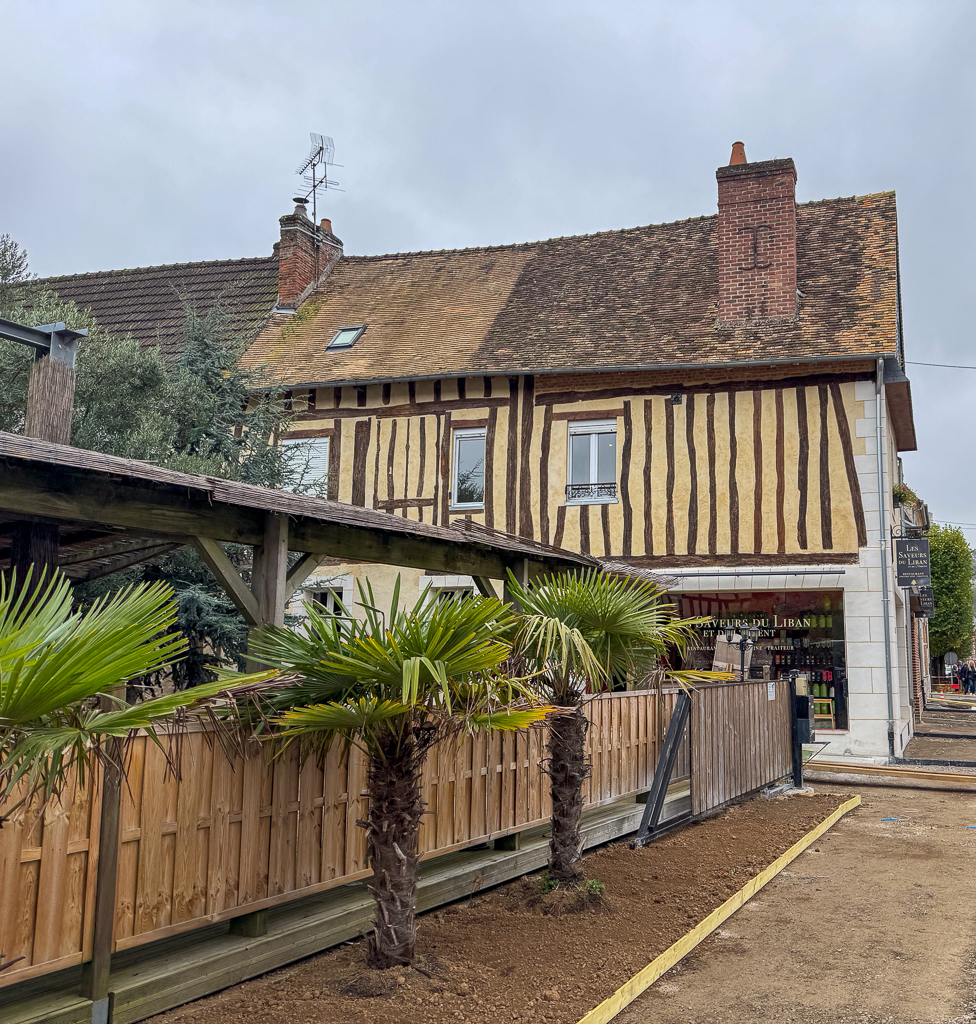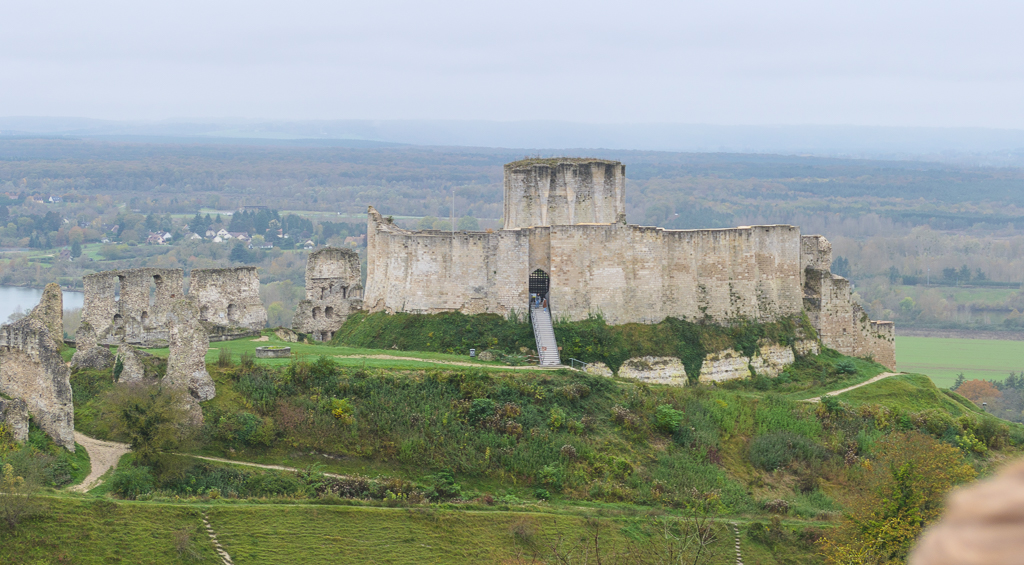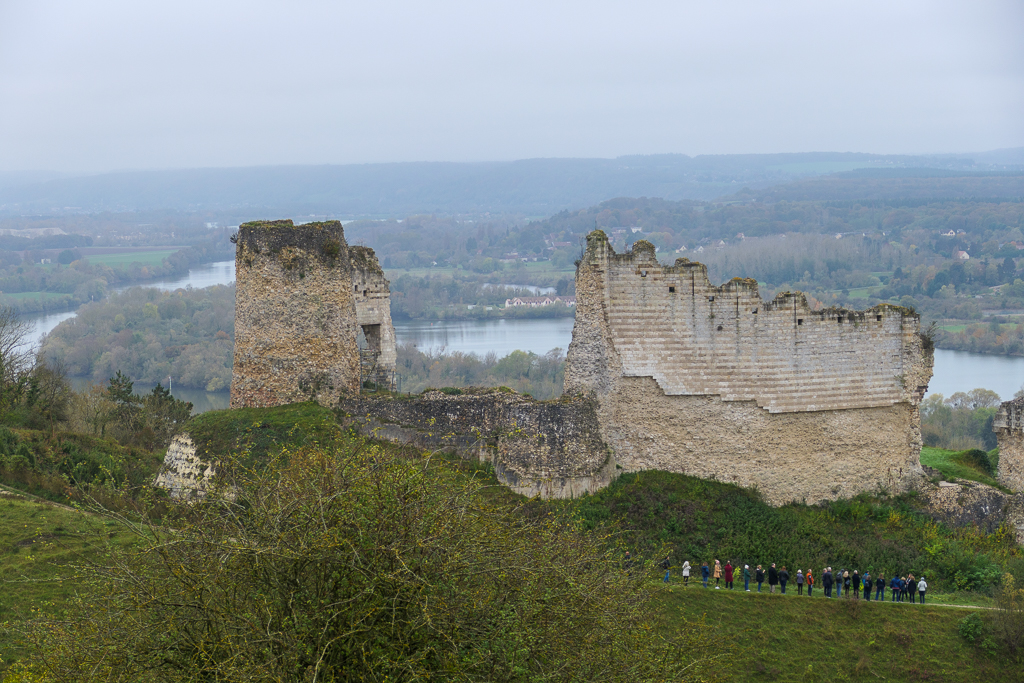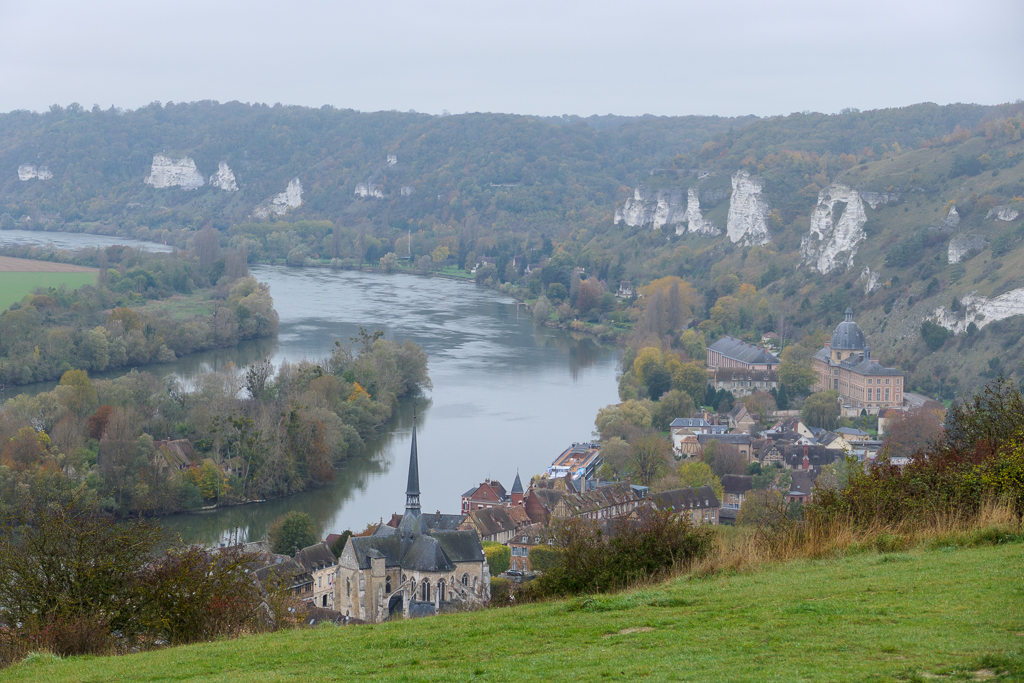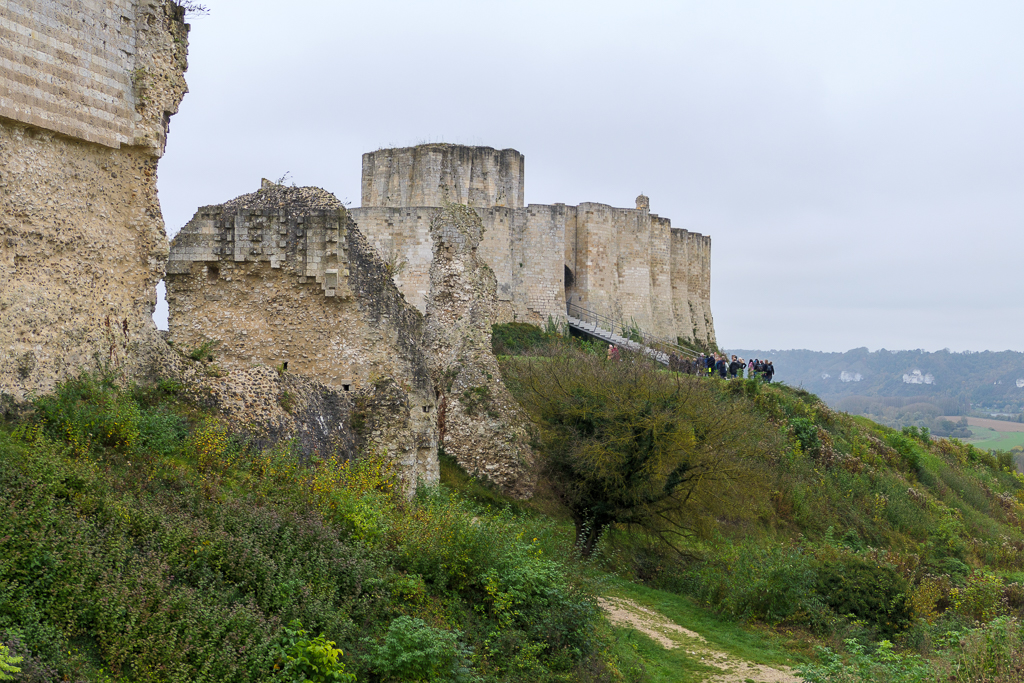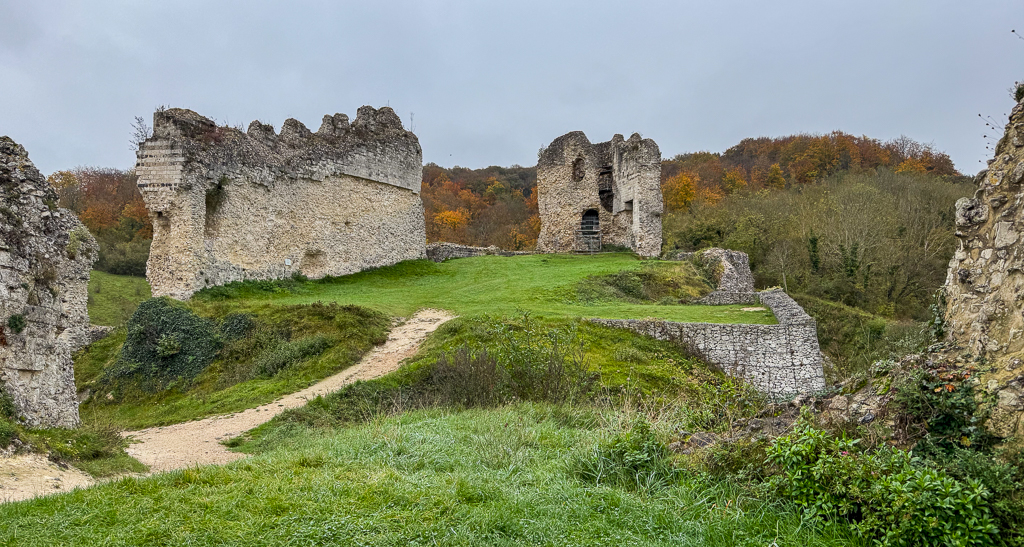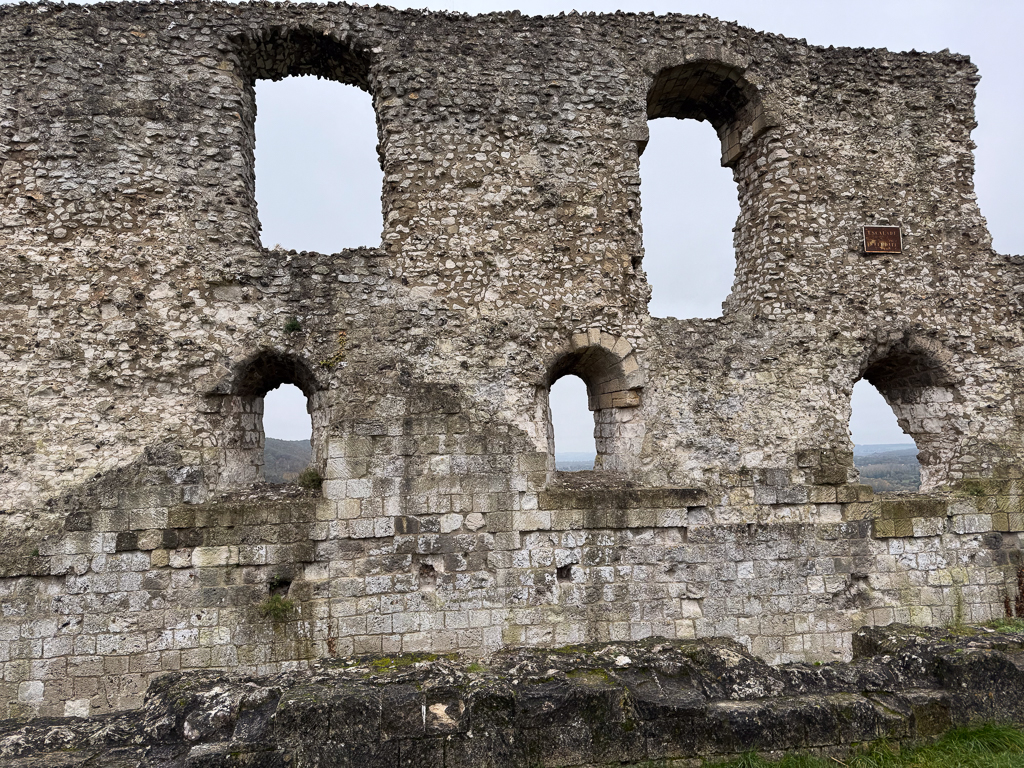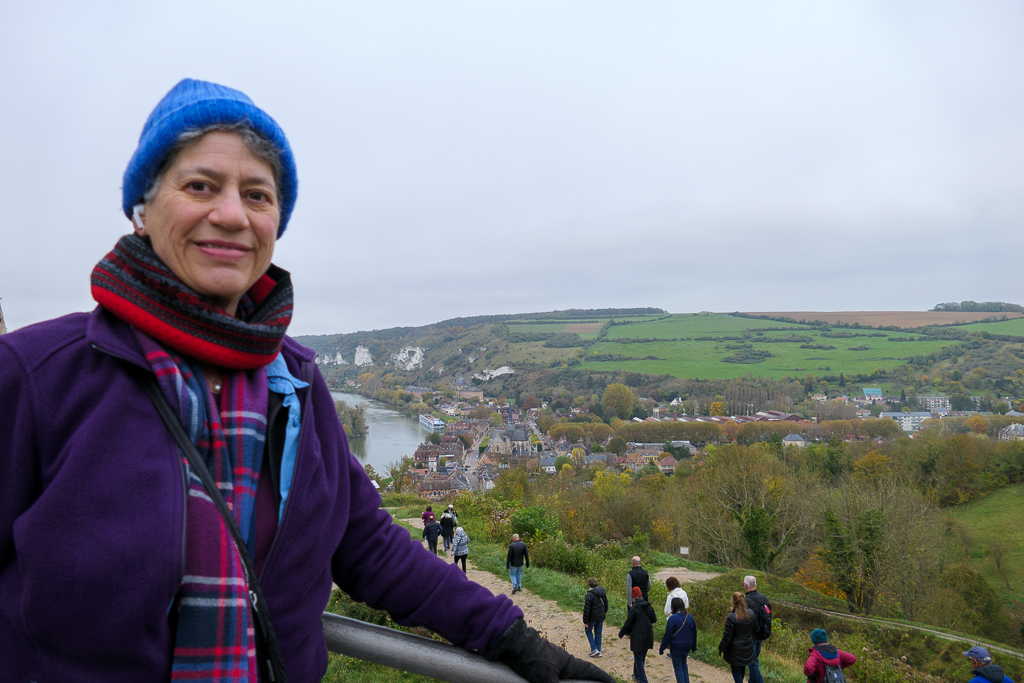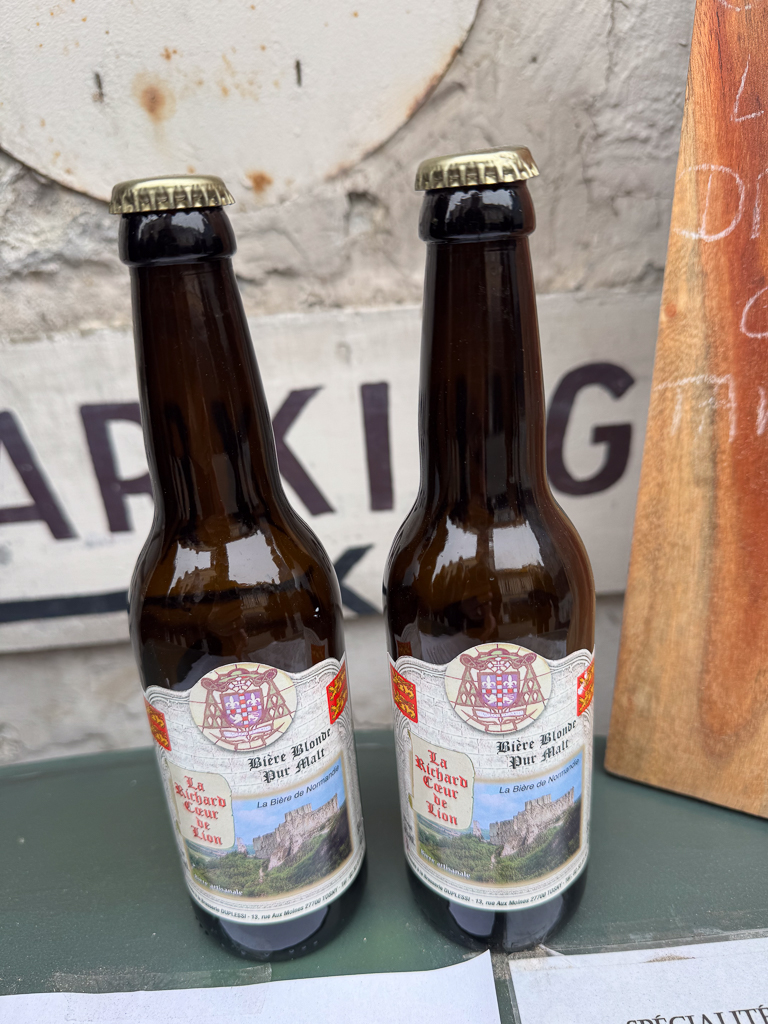We docked in Le Havre in the wee small hours of the morning after a 118-mile overnight sailing.
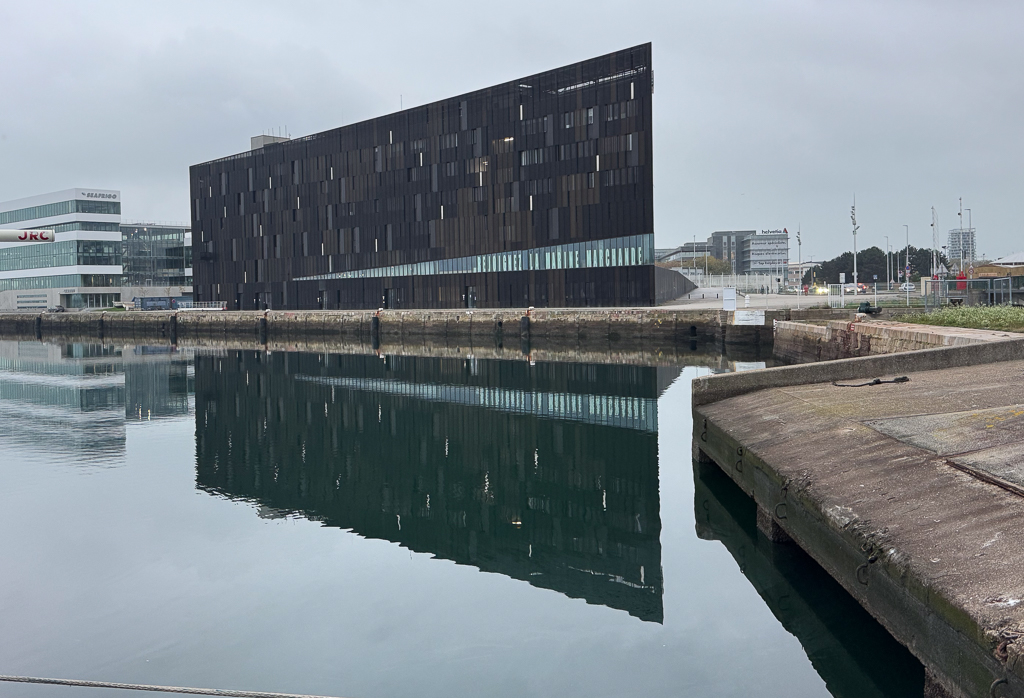
Our morning tour took us to Honfleur, about 40 km away across the Normandy Bridge. Honfleur, unlike Le Havre, was mostly undamaged during WWII because it wasn’t of great strategic significance, so we saw many very old buildings during our walking tour. It was market day and the beginning of a three-day weekend (Armistice Day is Monday), so the town was full of people.
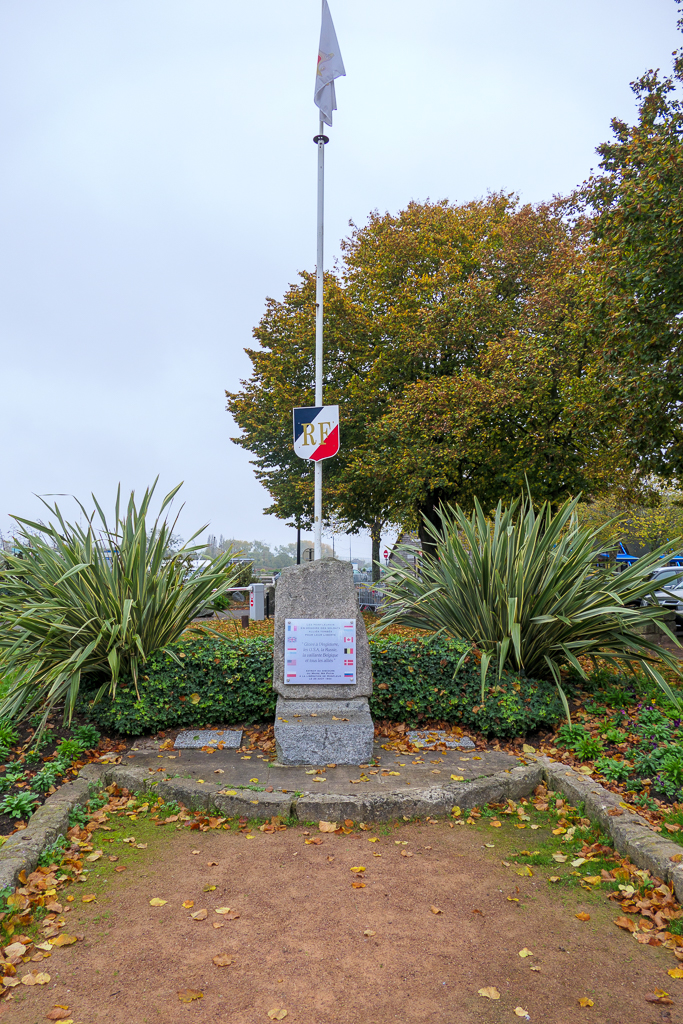
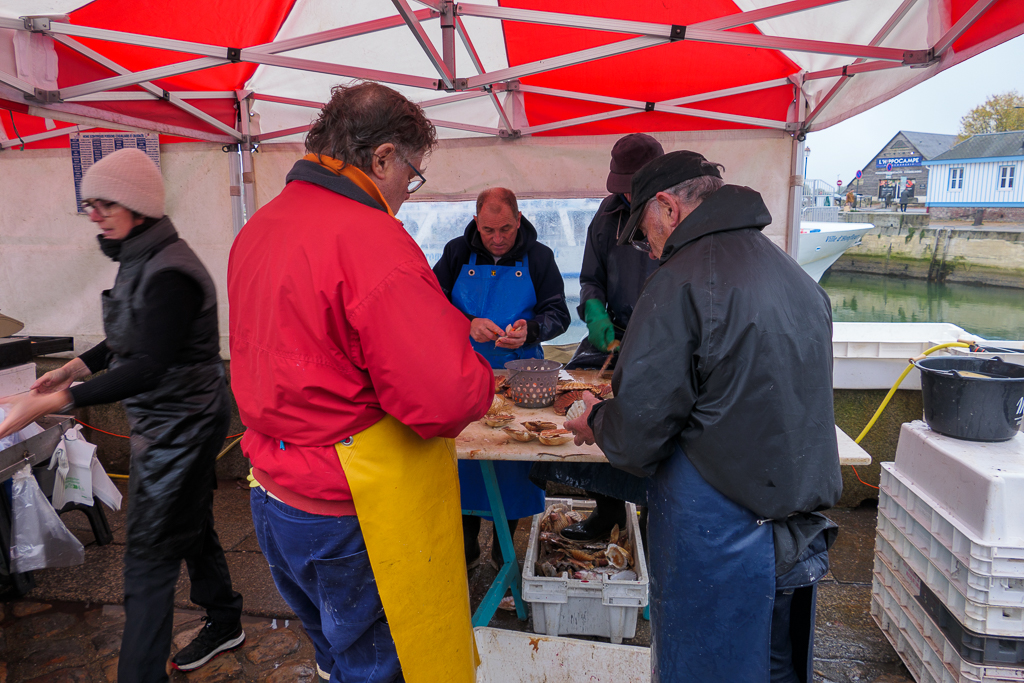
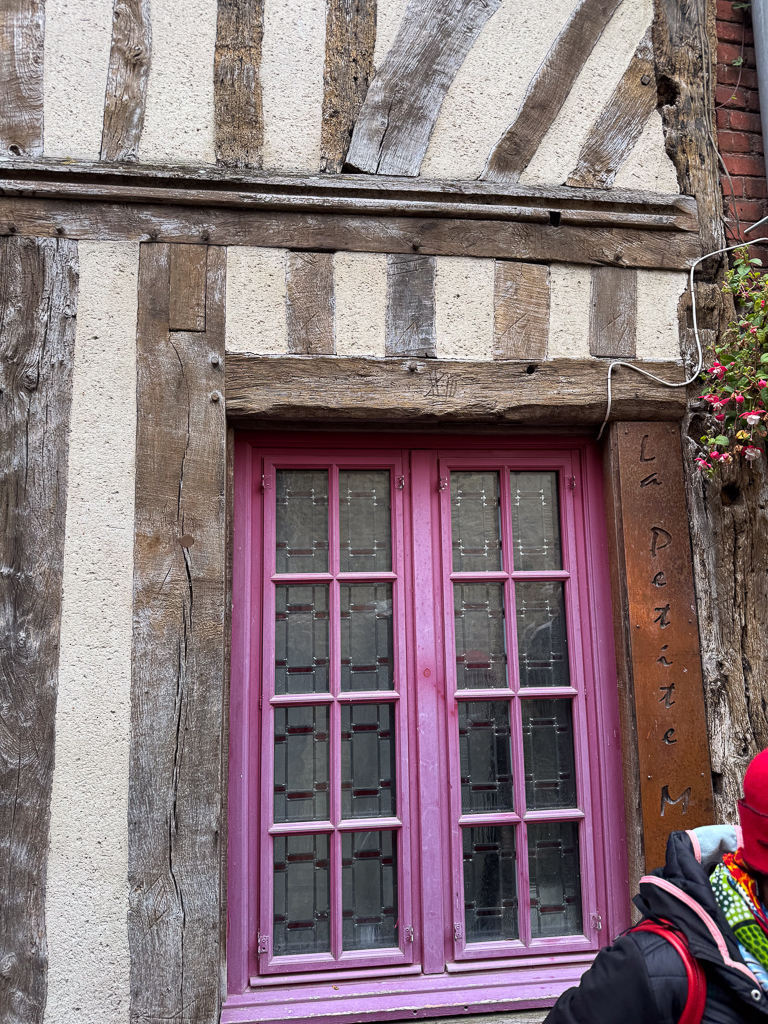
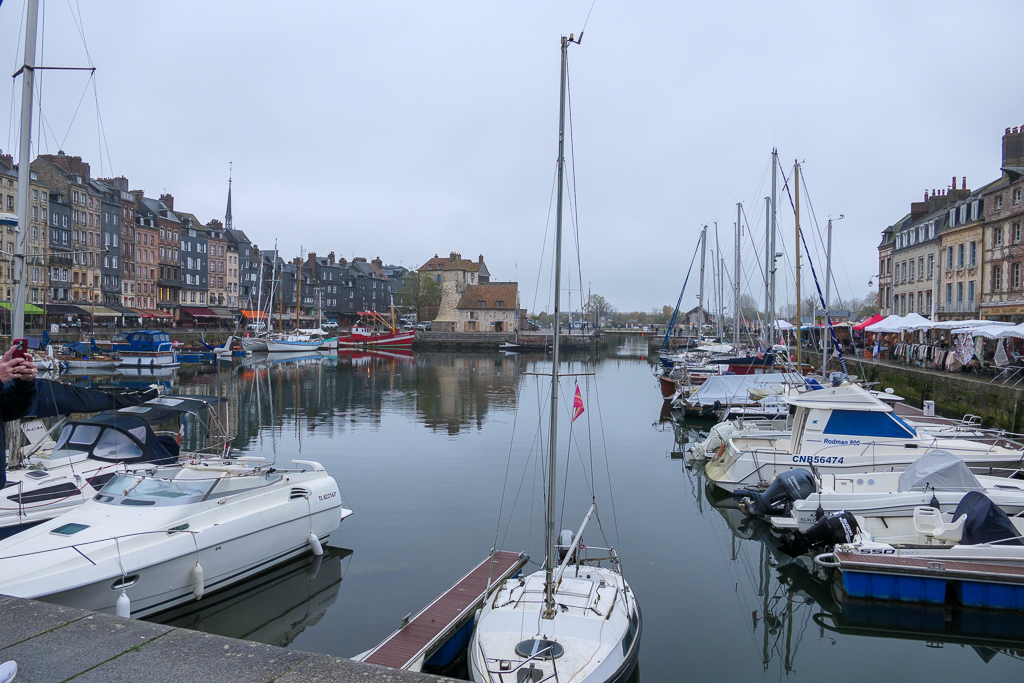
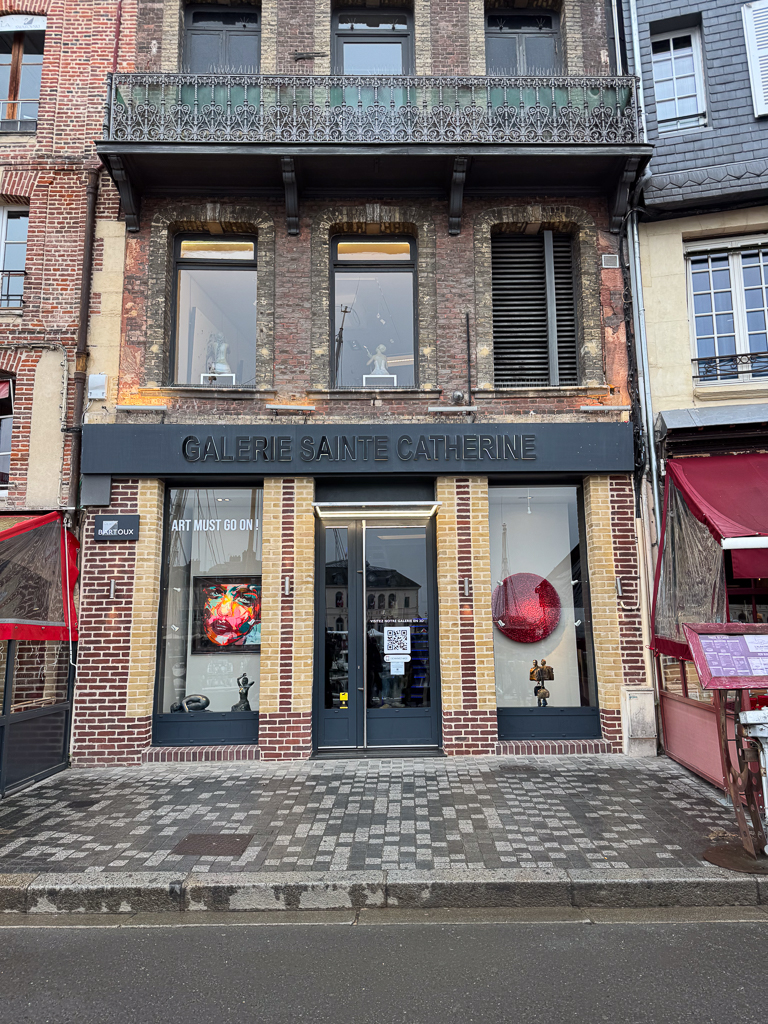
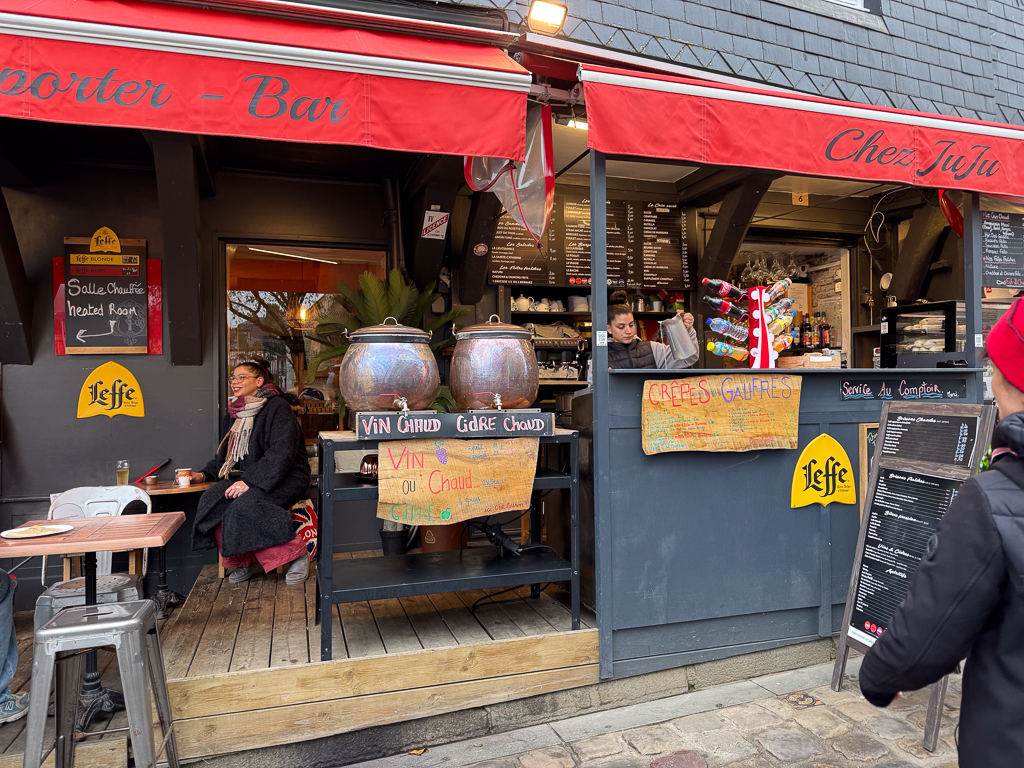
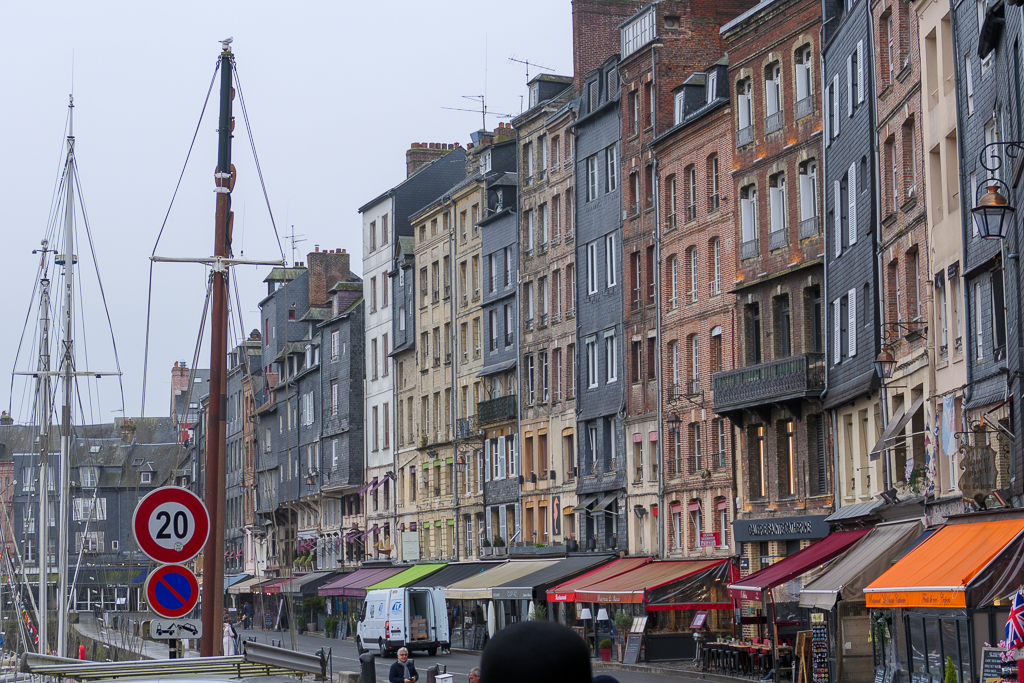
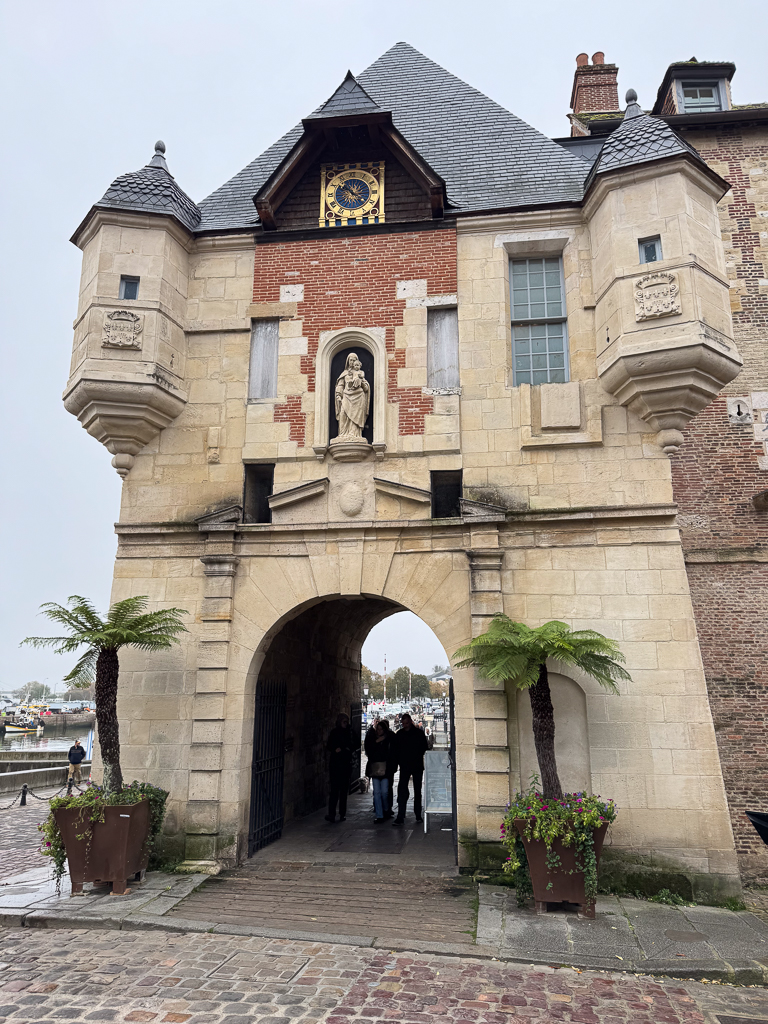
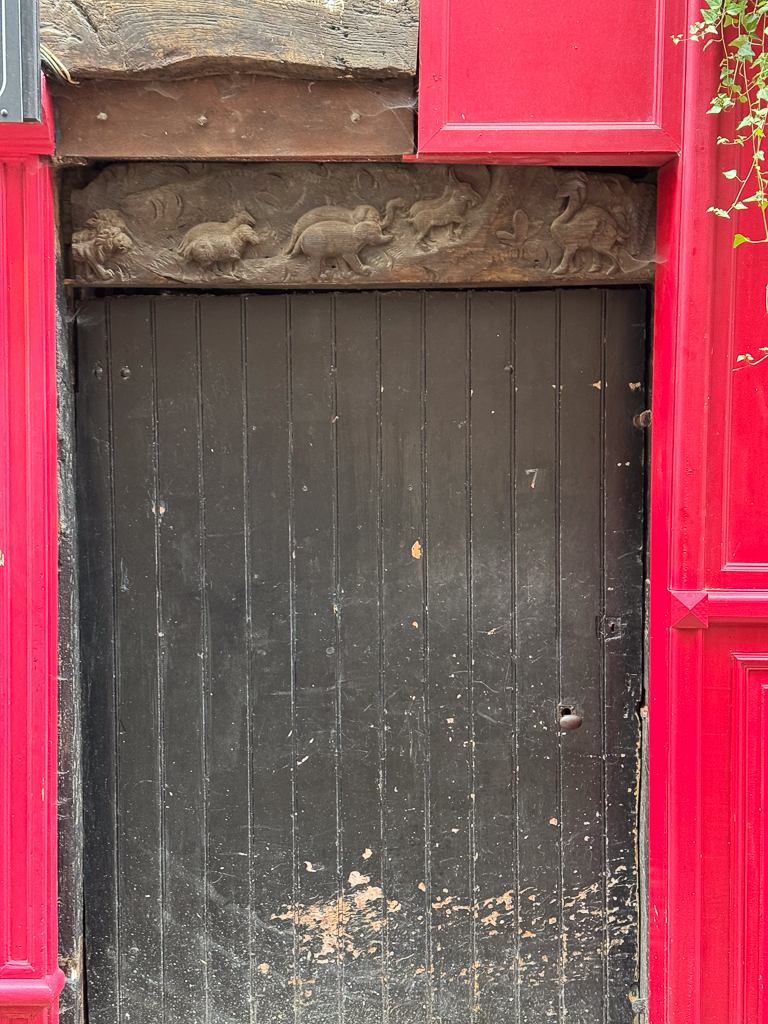
The highlight of the tour was a visit to Èglise Sainte-Catherine, a wooden church (depending on who you consult, it’s either France’s oldest or France’s only surviving wooden church) originally built in the 15th Century.
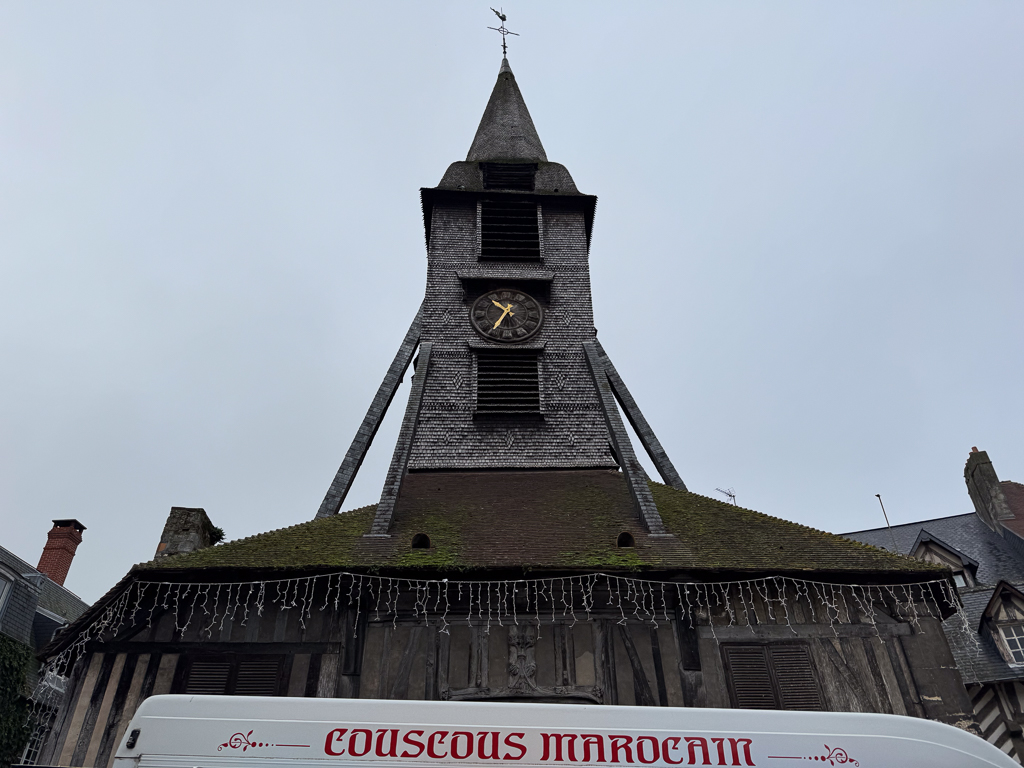
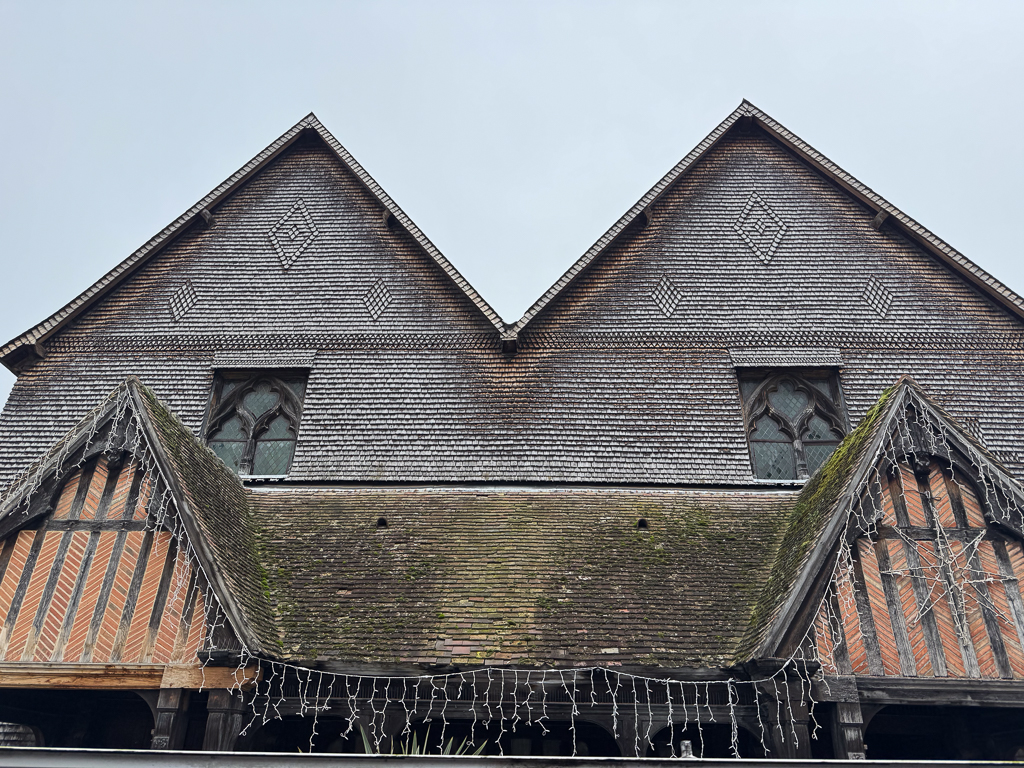
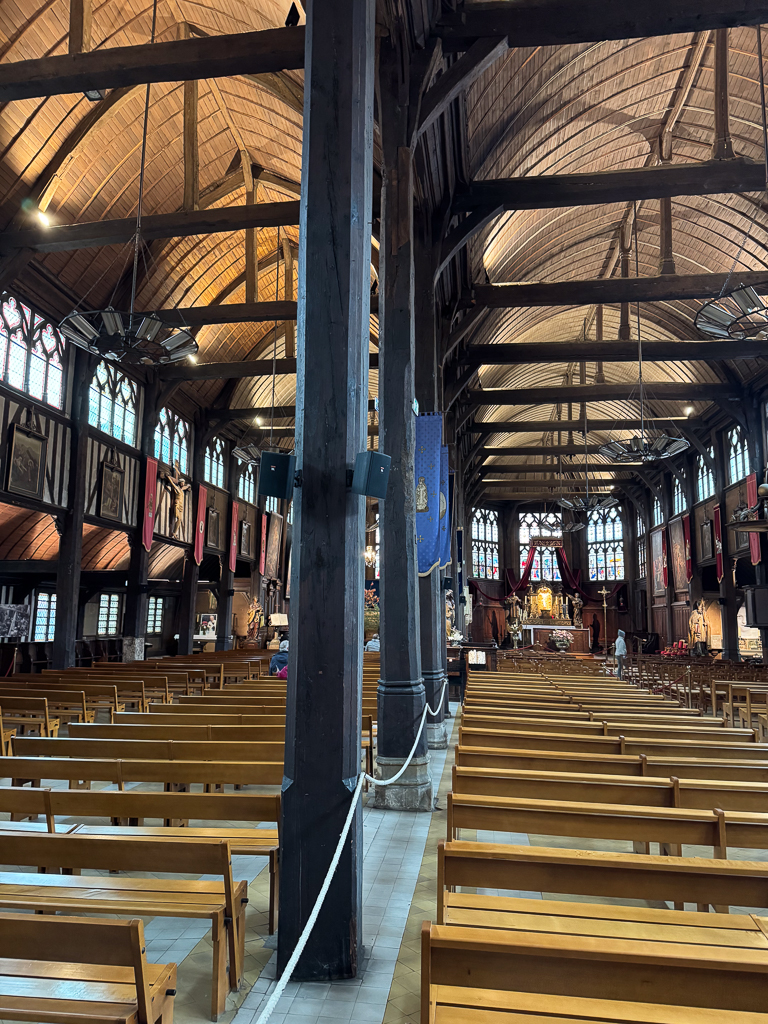
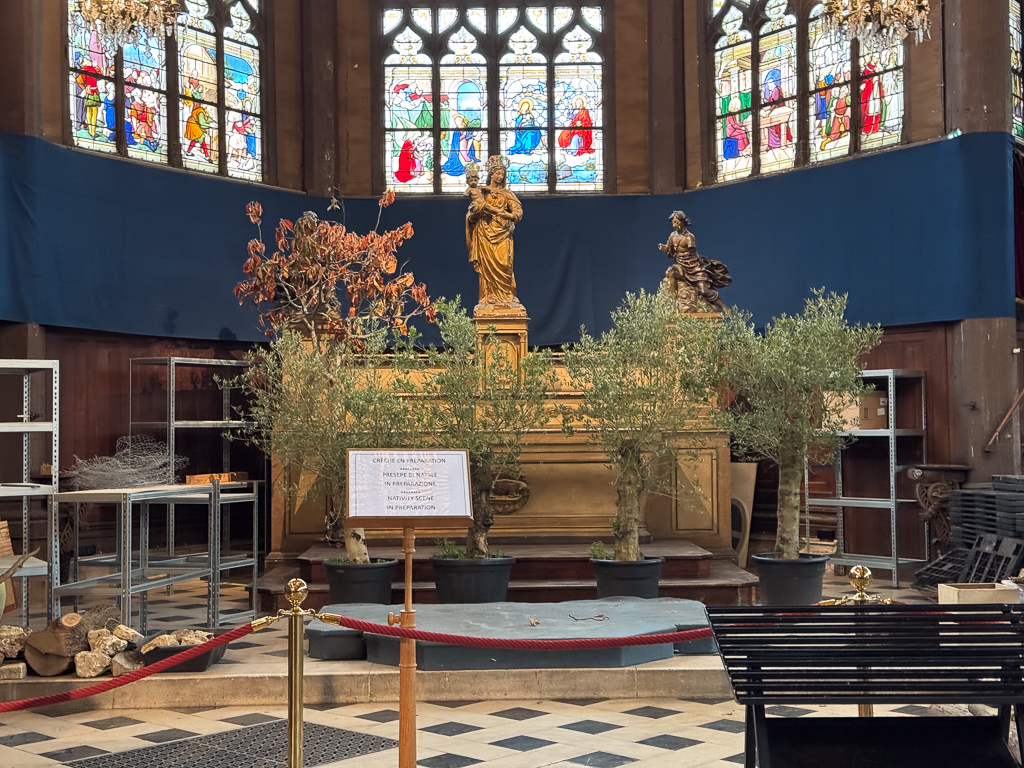
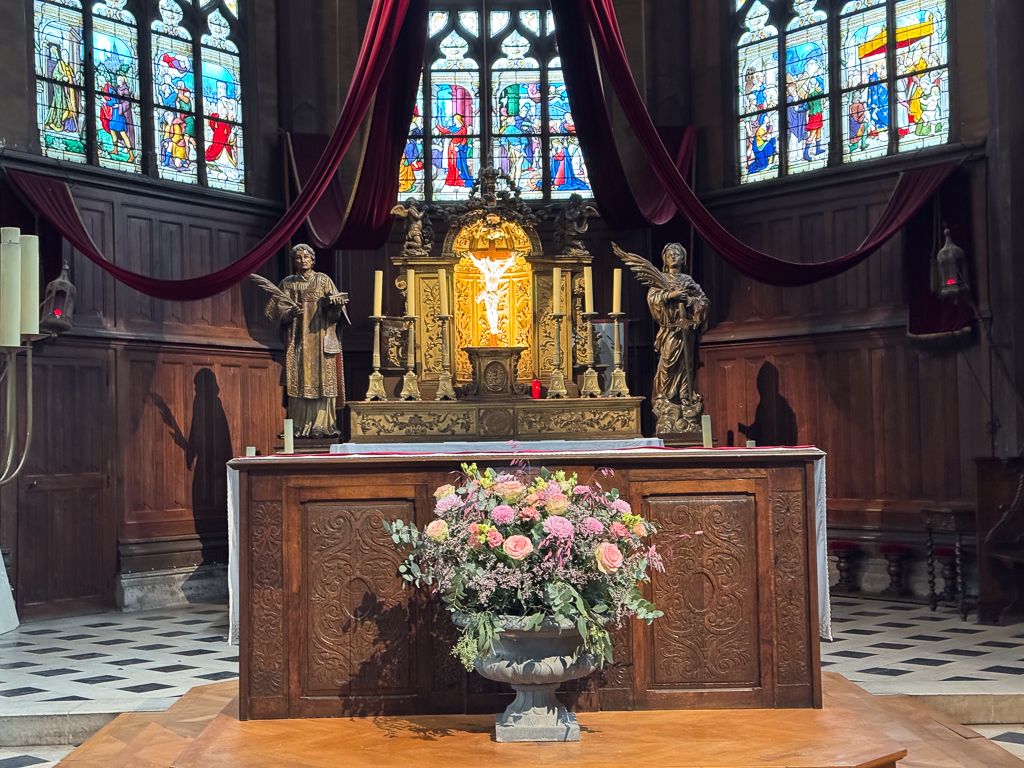
After the tour, we walked around town.
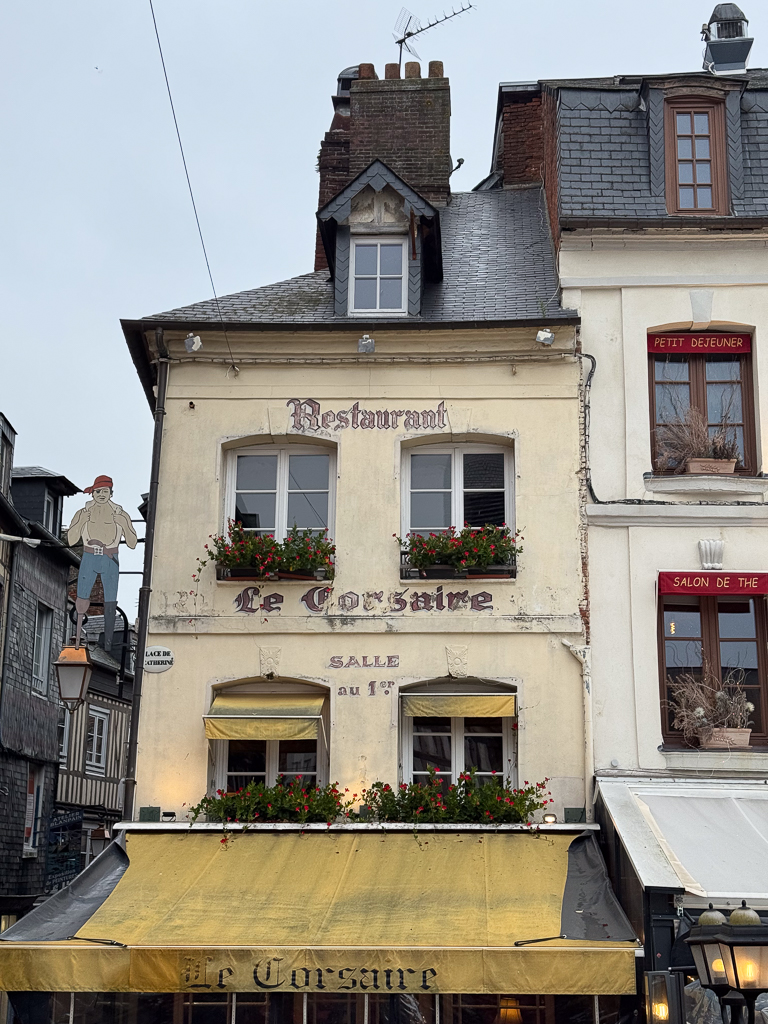
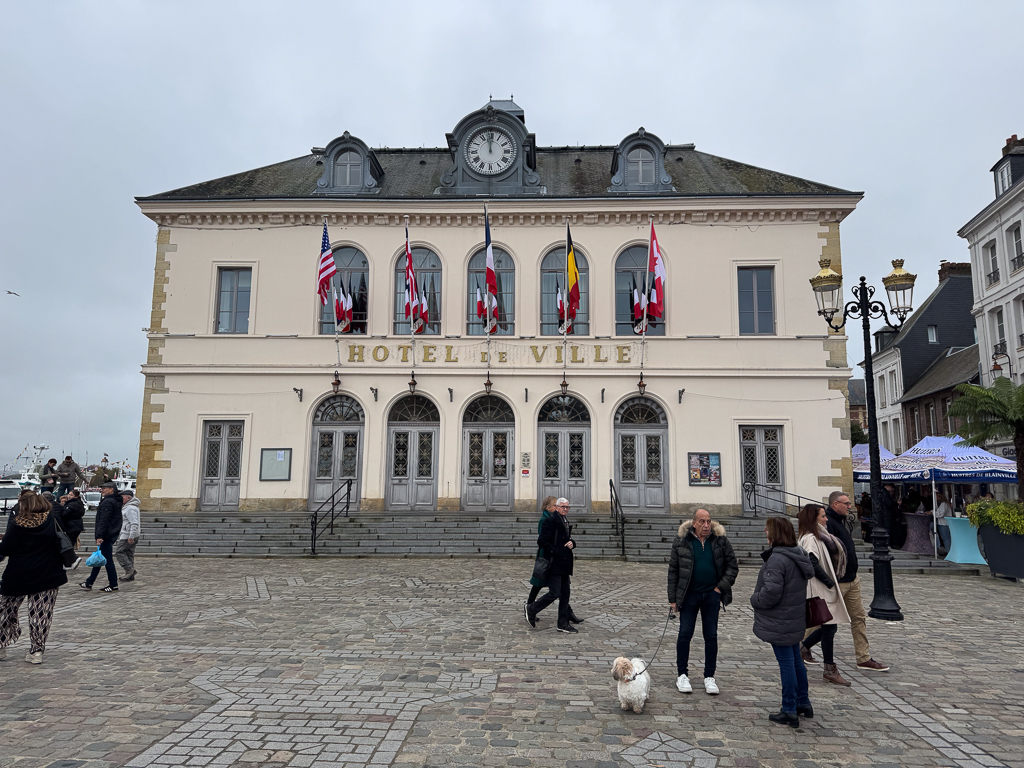
Honfleur is the capital of the Calvados region, and there were many shops and market stalls selling Calvados of various kinds. We will be coming home with a small bottle of Calvados with vanilla, thanks to tasting opportunities at one of the stalls.
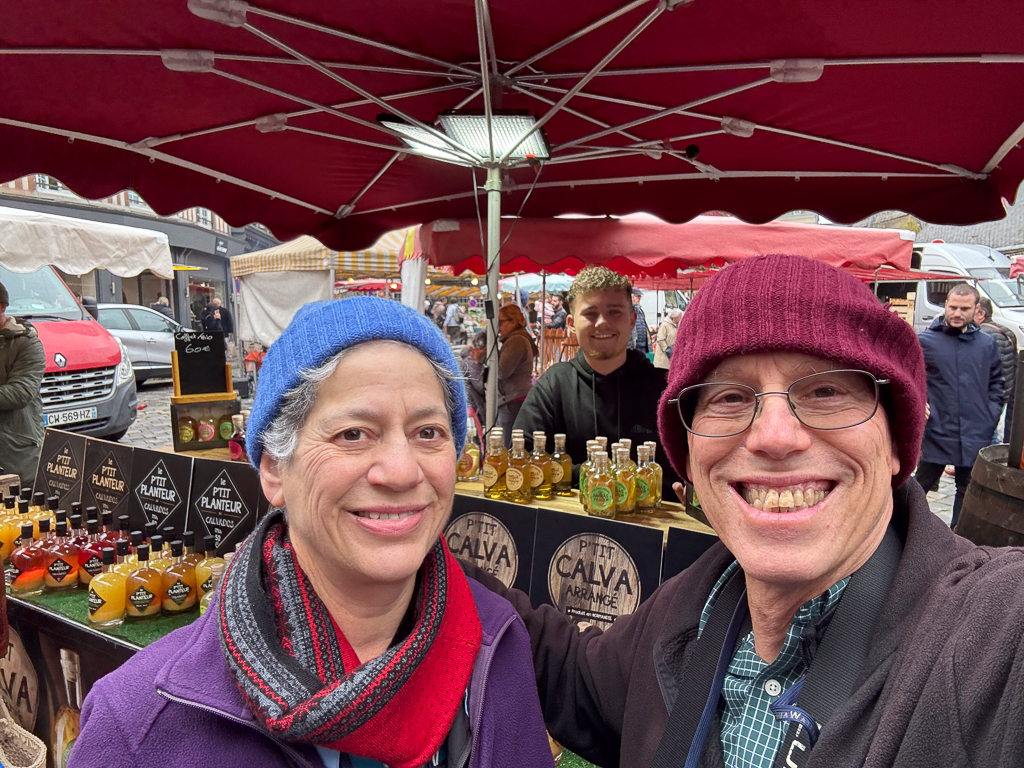
After lunch, we took a tour of Le Havre and its beach suburb Sainte-Adresse; Claude Monet’s aunt lived nearby, and he did a lot of painting here.
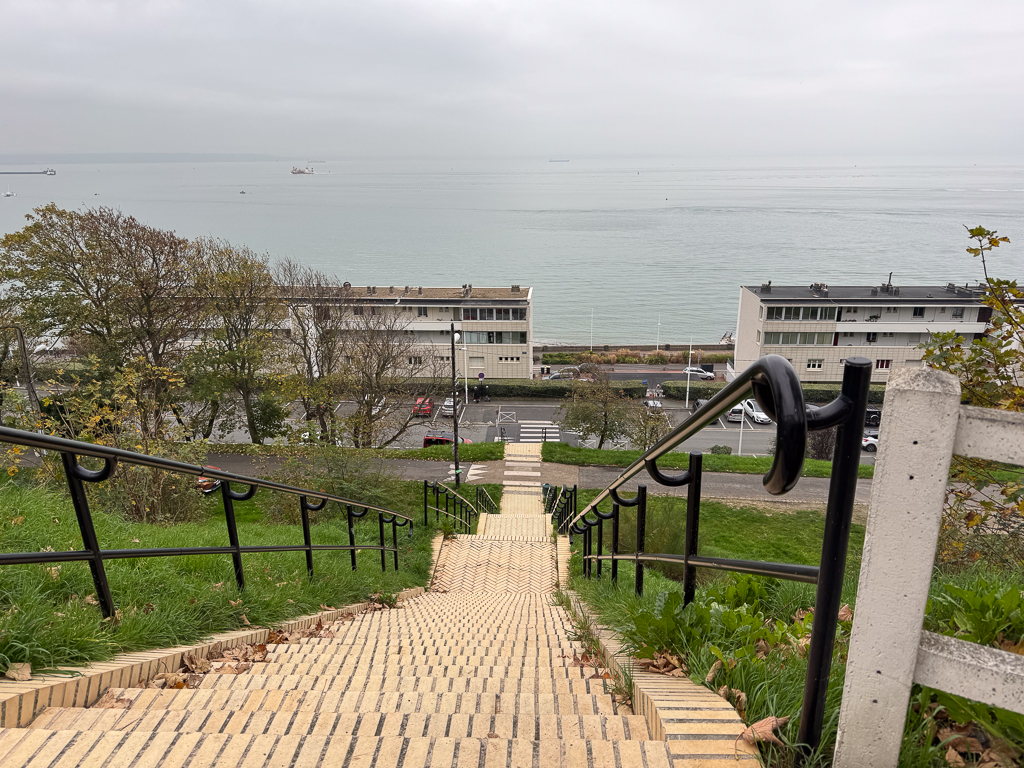
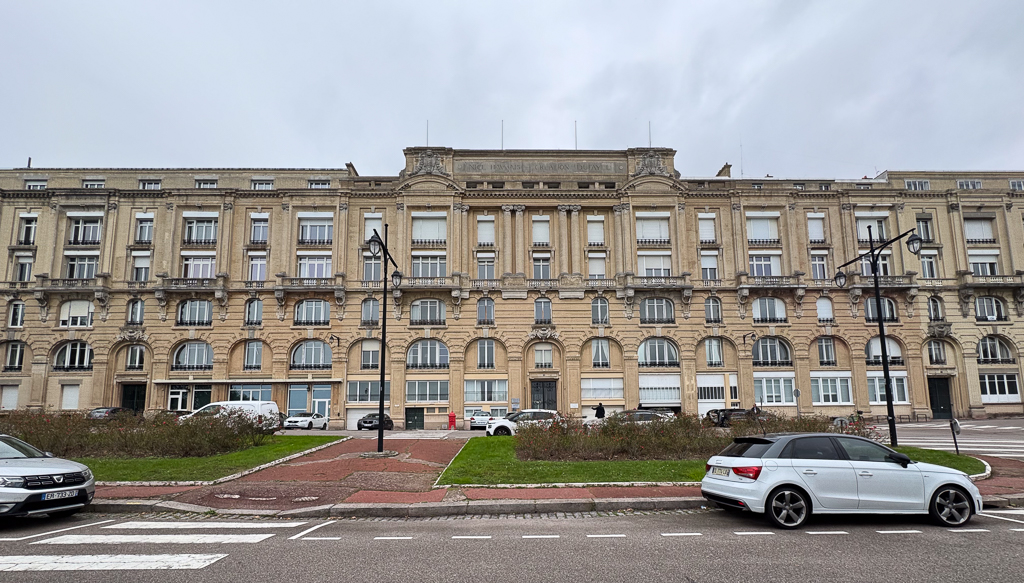
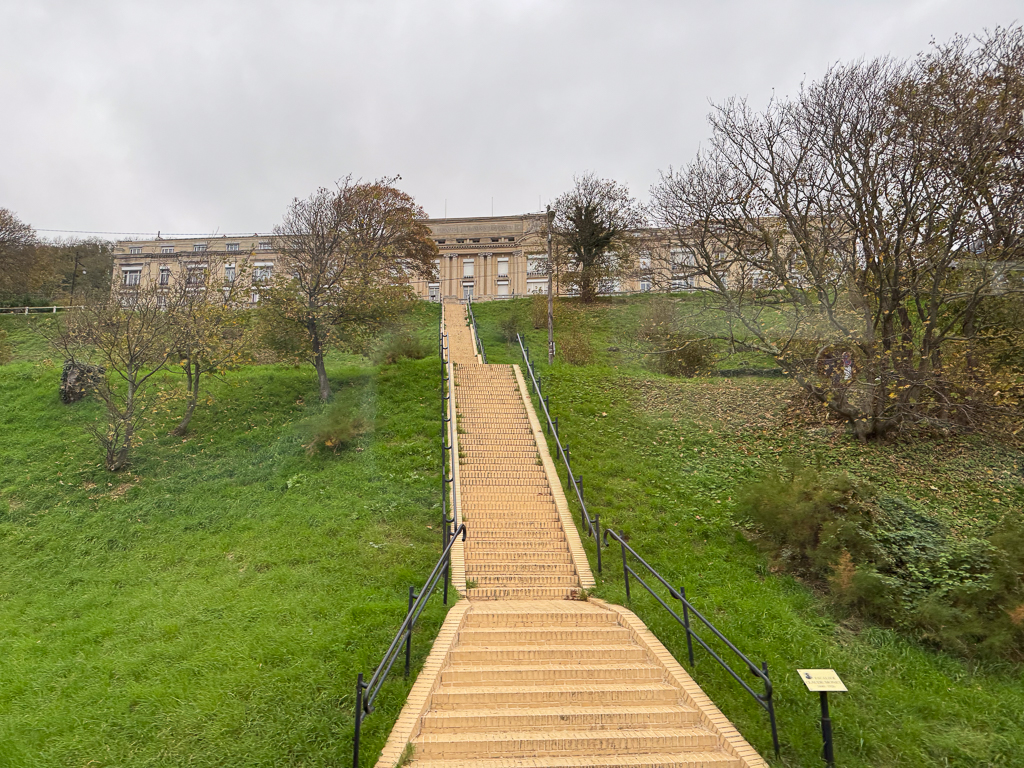
We drove back to Le Havre proper. During September, 1944, the Allies bombed most of the town into rubble, including Èglise Saint-Joseph. Thousands of civilians were killed or wounded, but the bombing weakened the Germans enough to allow the Allies to liberate Le Havre a week later. After the war, the city commissioned Auguste Perret and his studio to head the rebuilding of the entire city, including Èglise Saint-Joseph, which was rebuilt in a completely modern design during the 1950s.
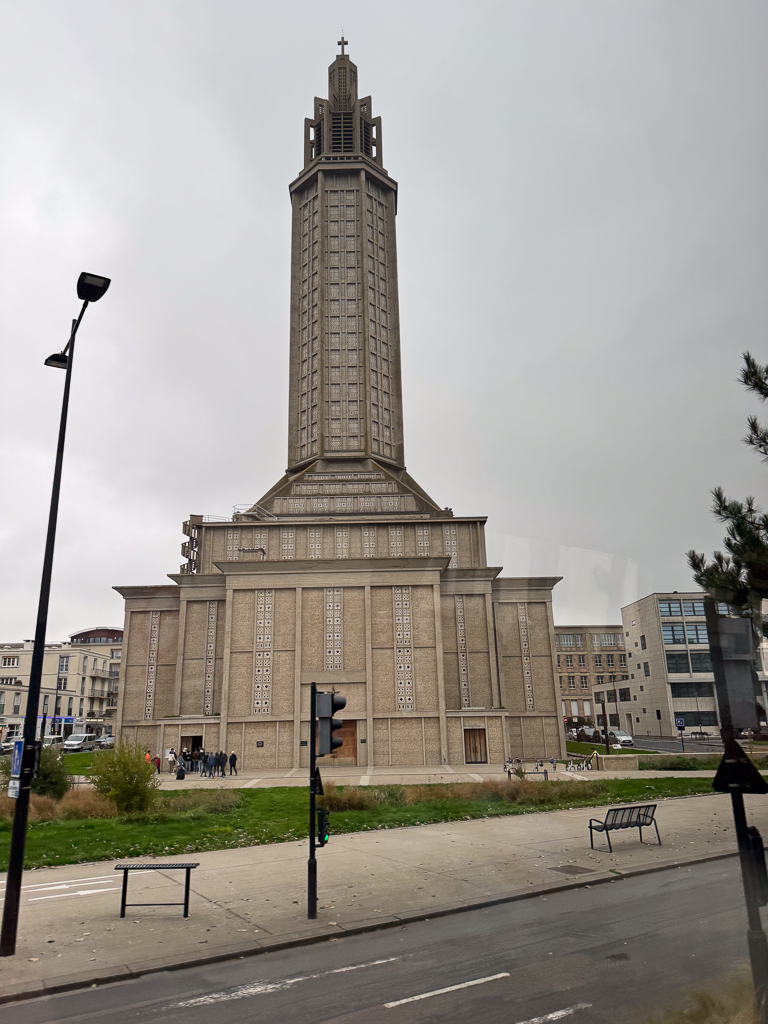
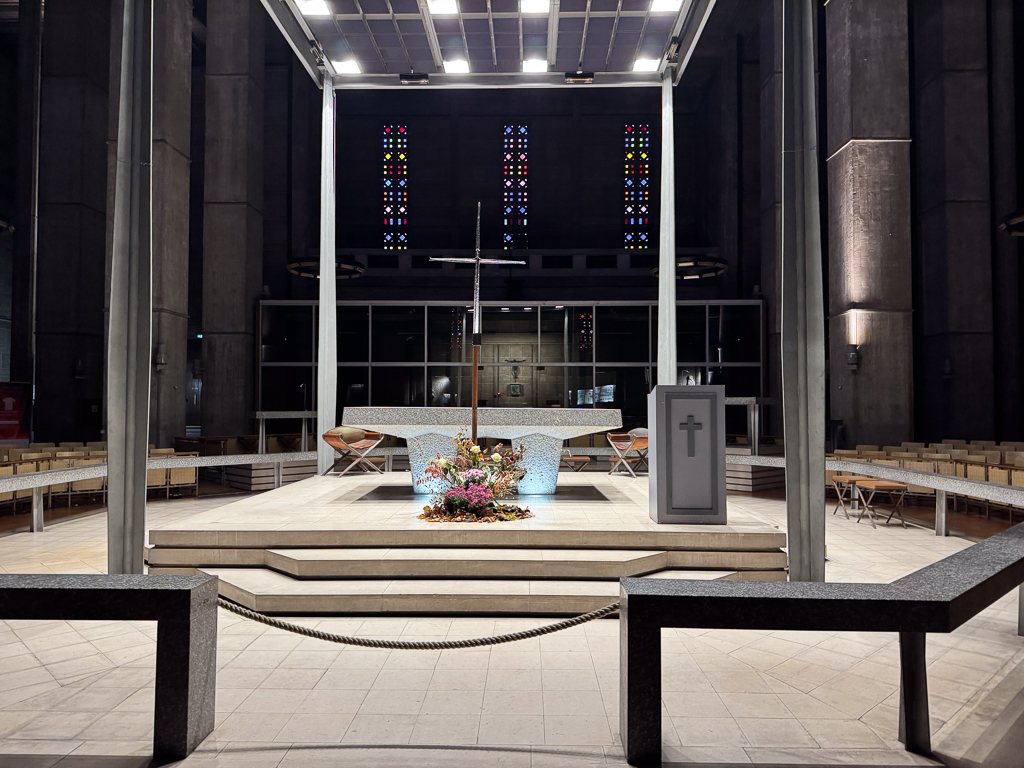
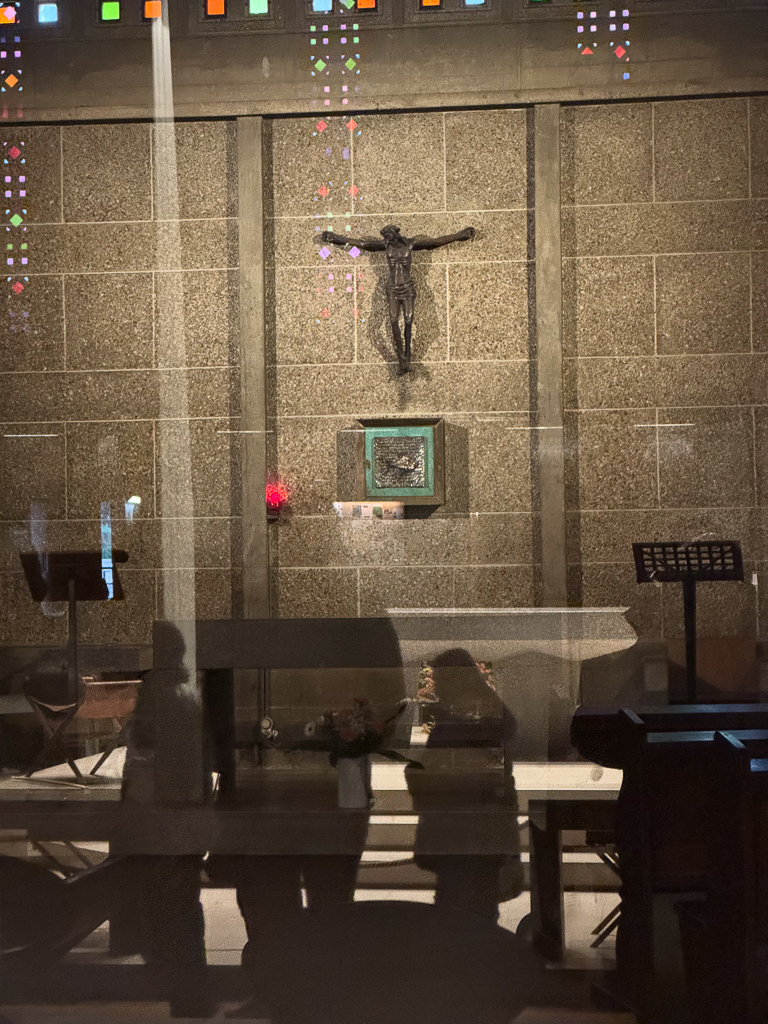
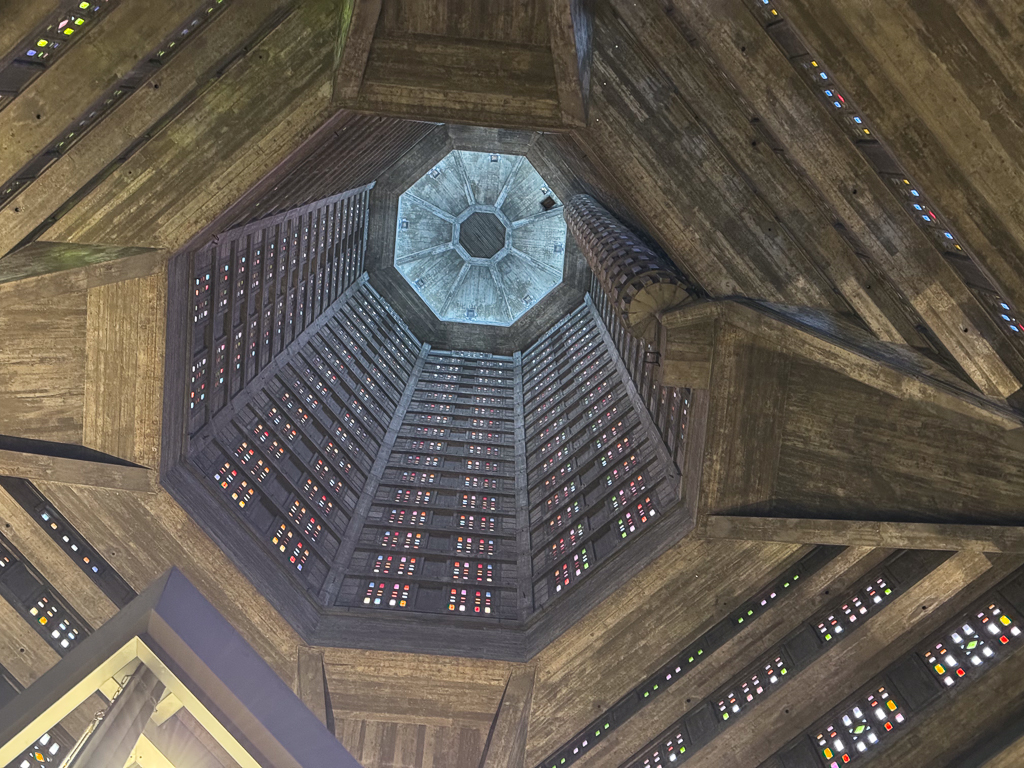
We made one more stop in Le Havre to see Oscar Niemeyer’s “Volcan” performing arts center. Our guide says that it’s also called the “Yogurt Pot”, and The Independent agrees.
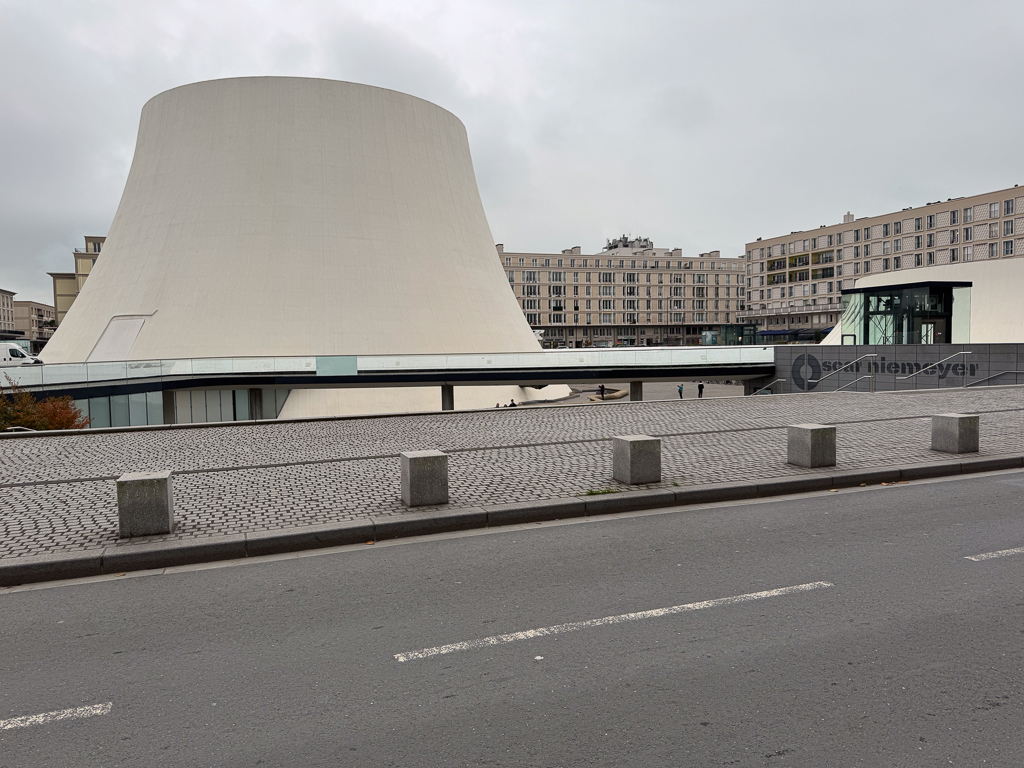
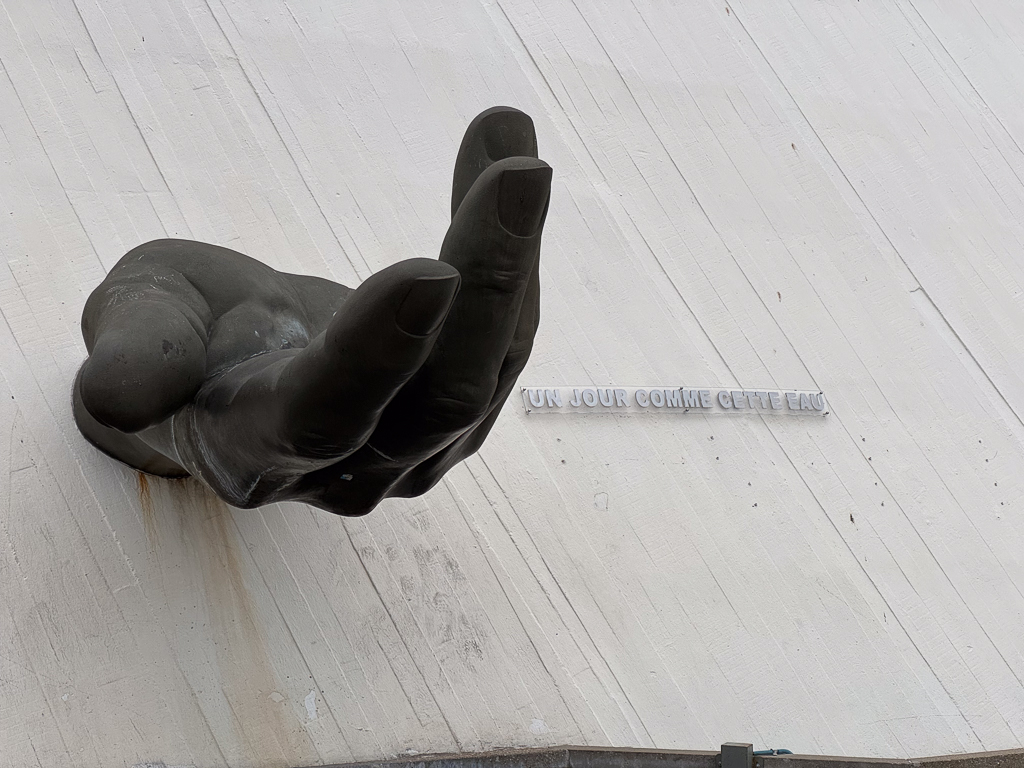
We returned to the ship for the Chaîne des Rôtisseurs dinner, after which we needed a walk. It was quiet near the ship, and the Seine was beautiful.
